Untethered Creatures:
bodies of emergent lore
Emerging Artist Fellowship Exhibition 2025
William PK Carter | Ana Maria Farina | Bridget Vasquez
September 27, 2025 - November 23, 2025
Saturdays & Sundays 1:00 - 5:00 pm
& by appointment
Opening Reception
Saturday, September 27, 4:00-6:00pm
(Remarks 5:00pm)
Closing Performance
Sunday, November 23, 2:30pm
For Sport or For Beauty by William PK Carter ft. Emily Batsford. Learn more here.
Gallery Talks
Saturday, October 18, 2:00pm
Newburgh Open Studios
Extended hours, with the artists
Saturday, September 27, 12:00-6:00pm
Performance by William PK Carter 3:30pm
Sunday, September 28, 12:00-6:00pm
Performance by William PK Carter 1:30pm
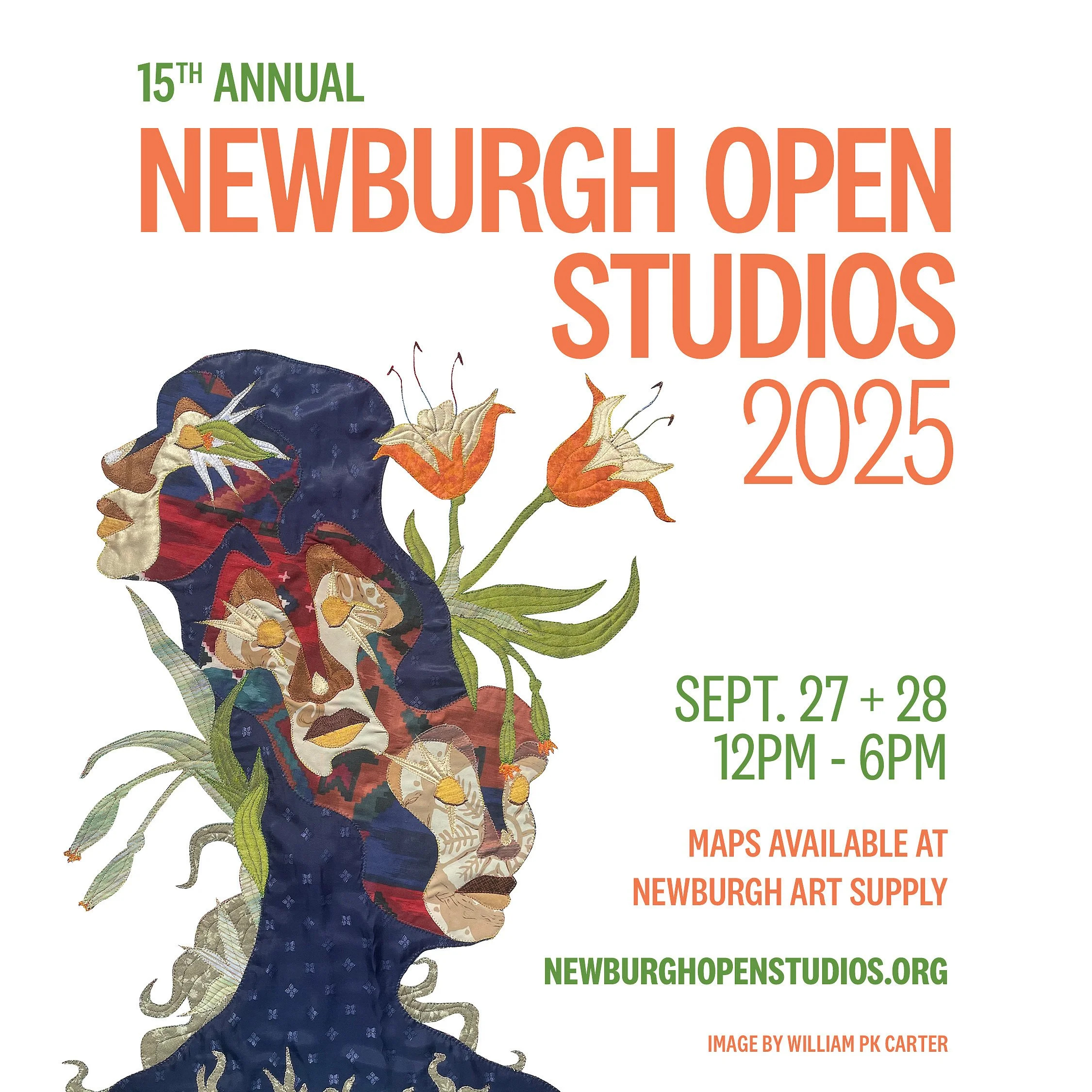
Exhibition and events are free & open to the public
Learn more about our 2025 Fellows here and our robust Fellowship Program here.
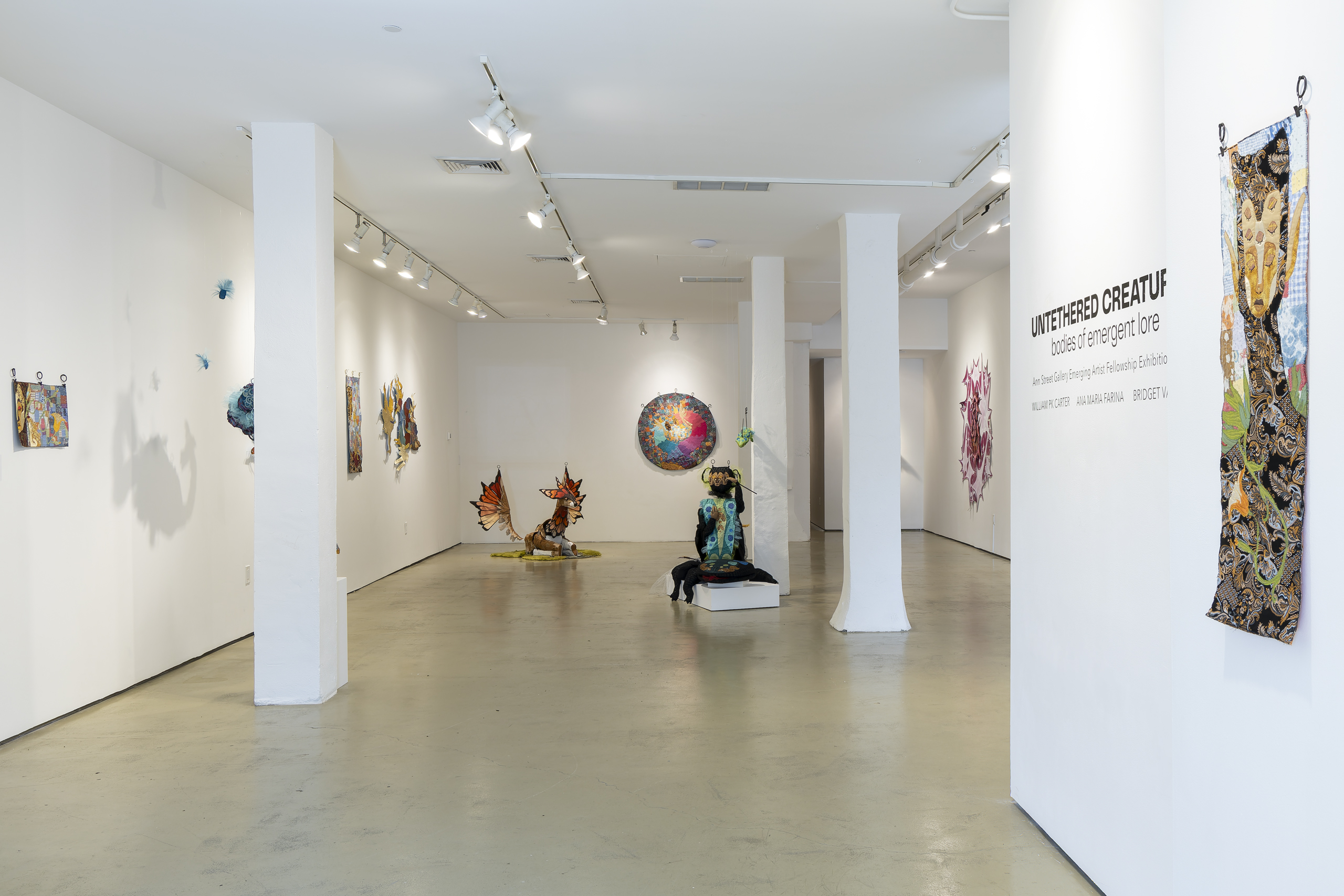
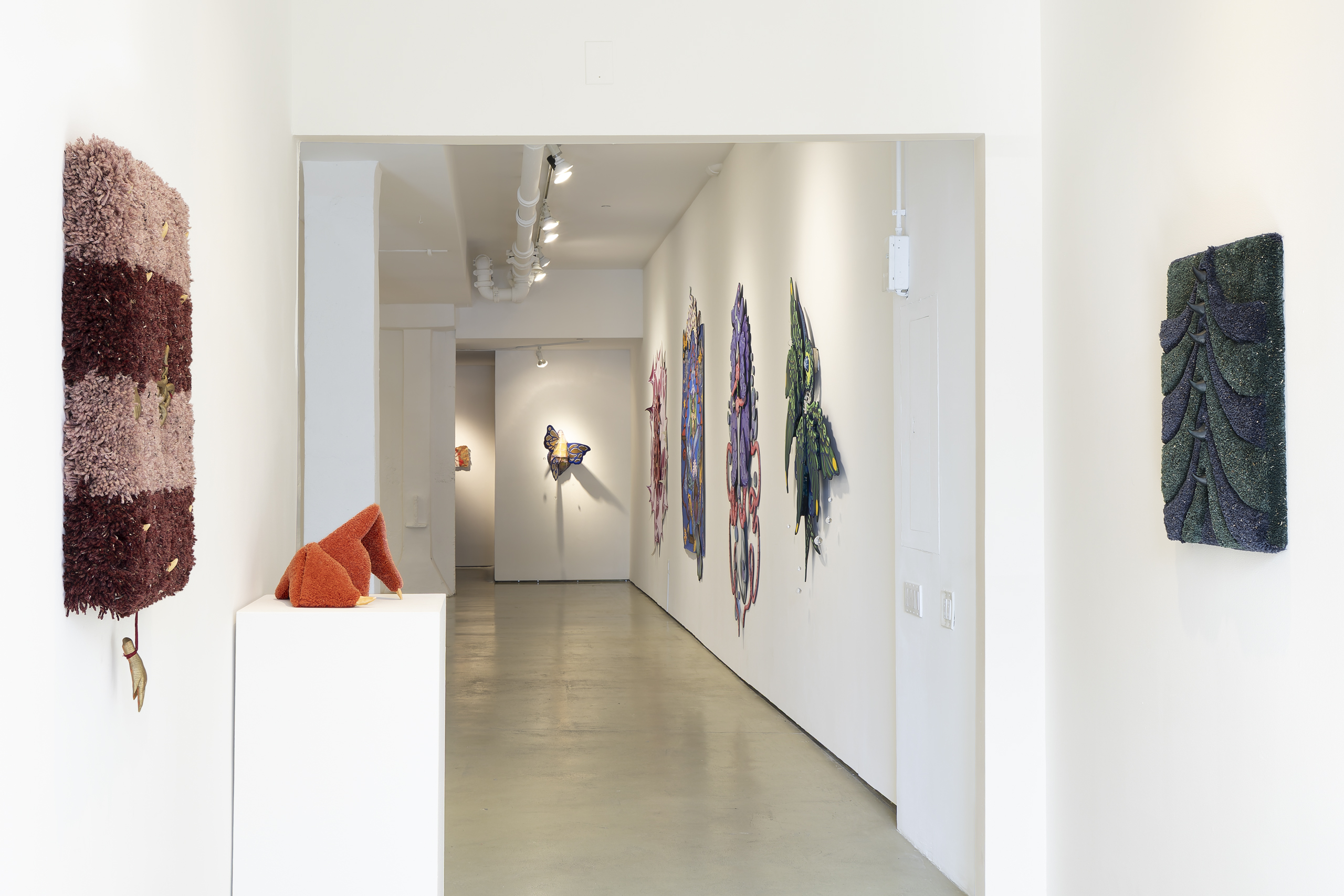
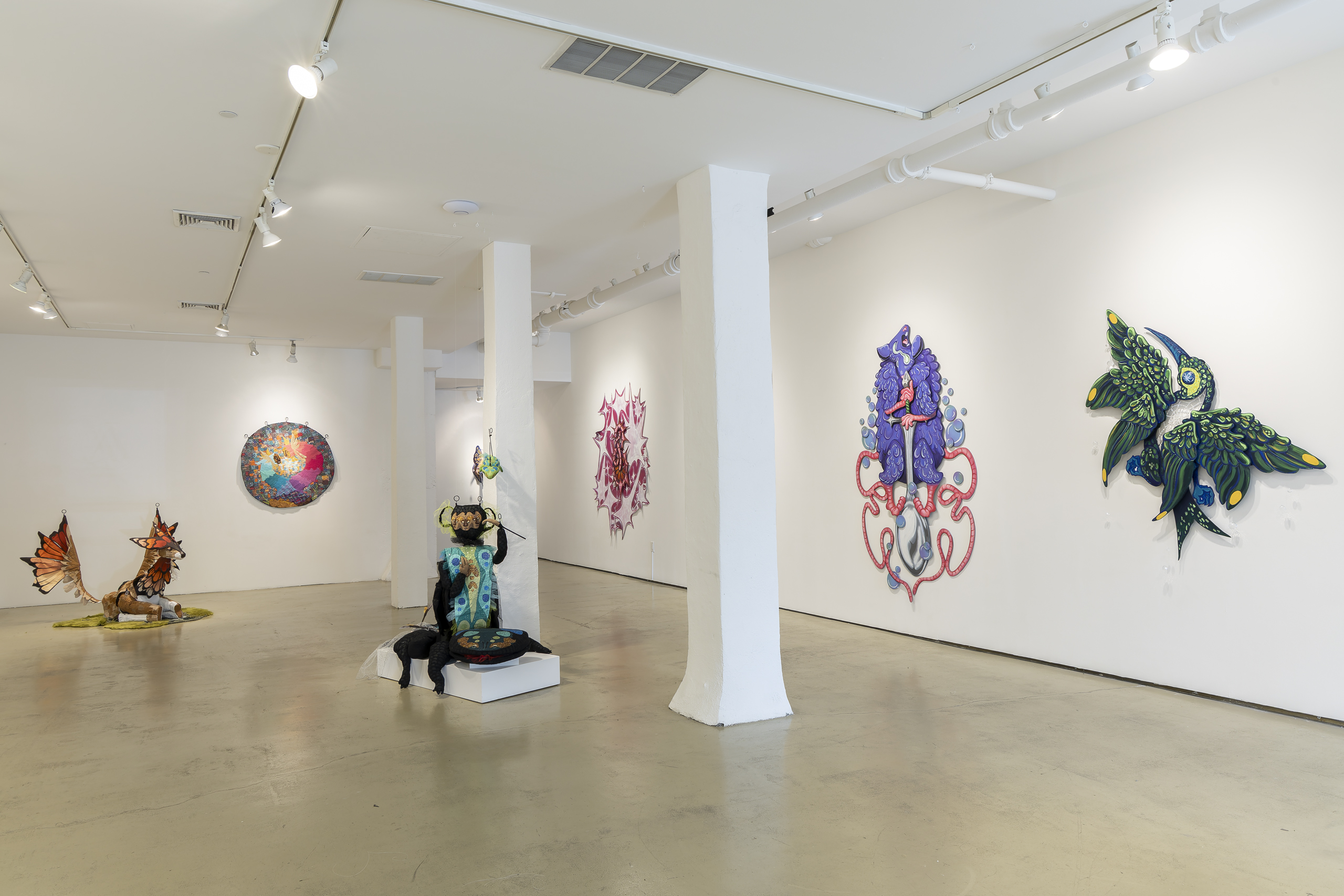

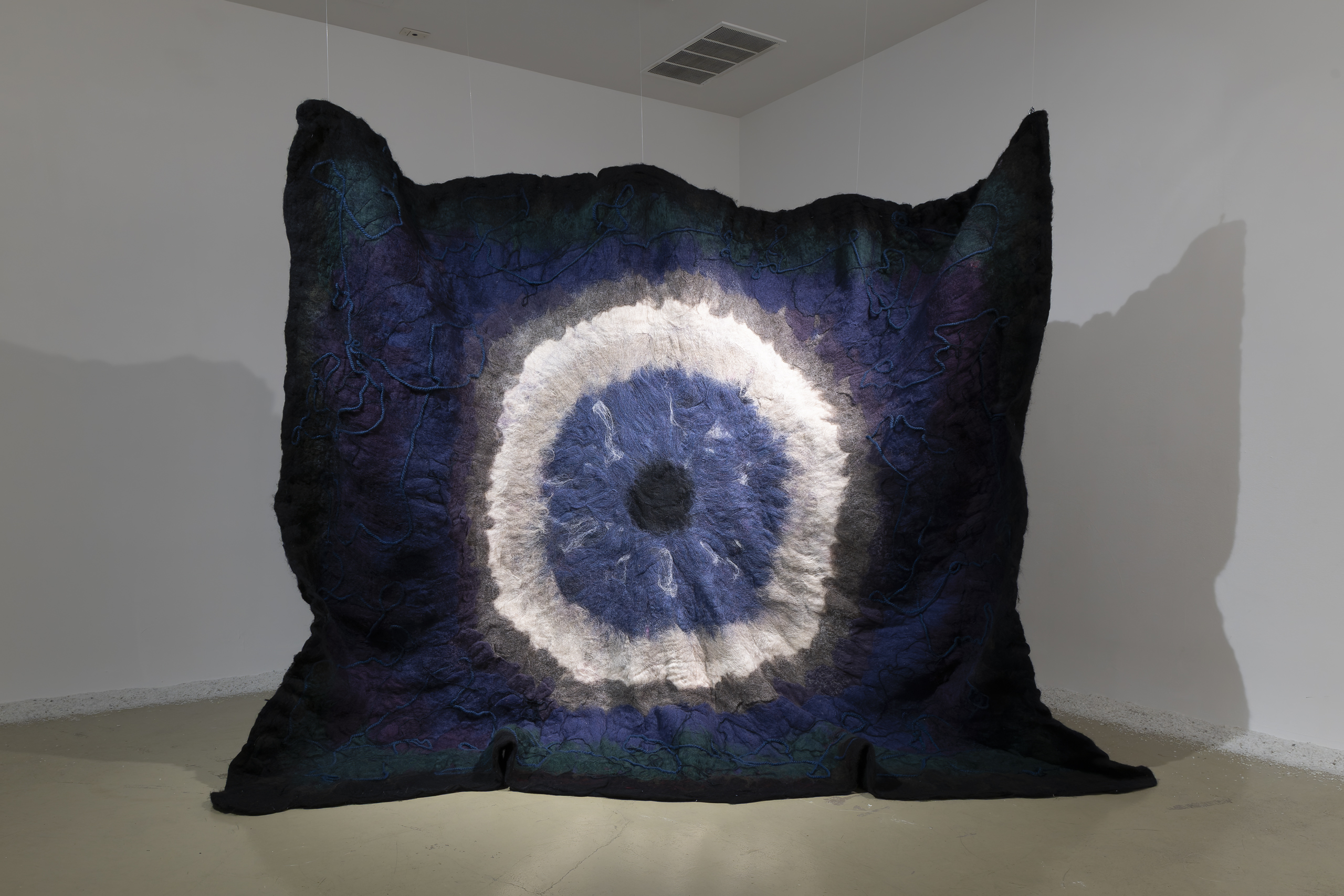
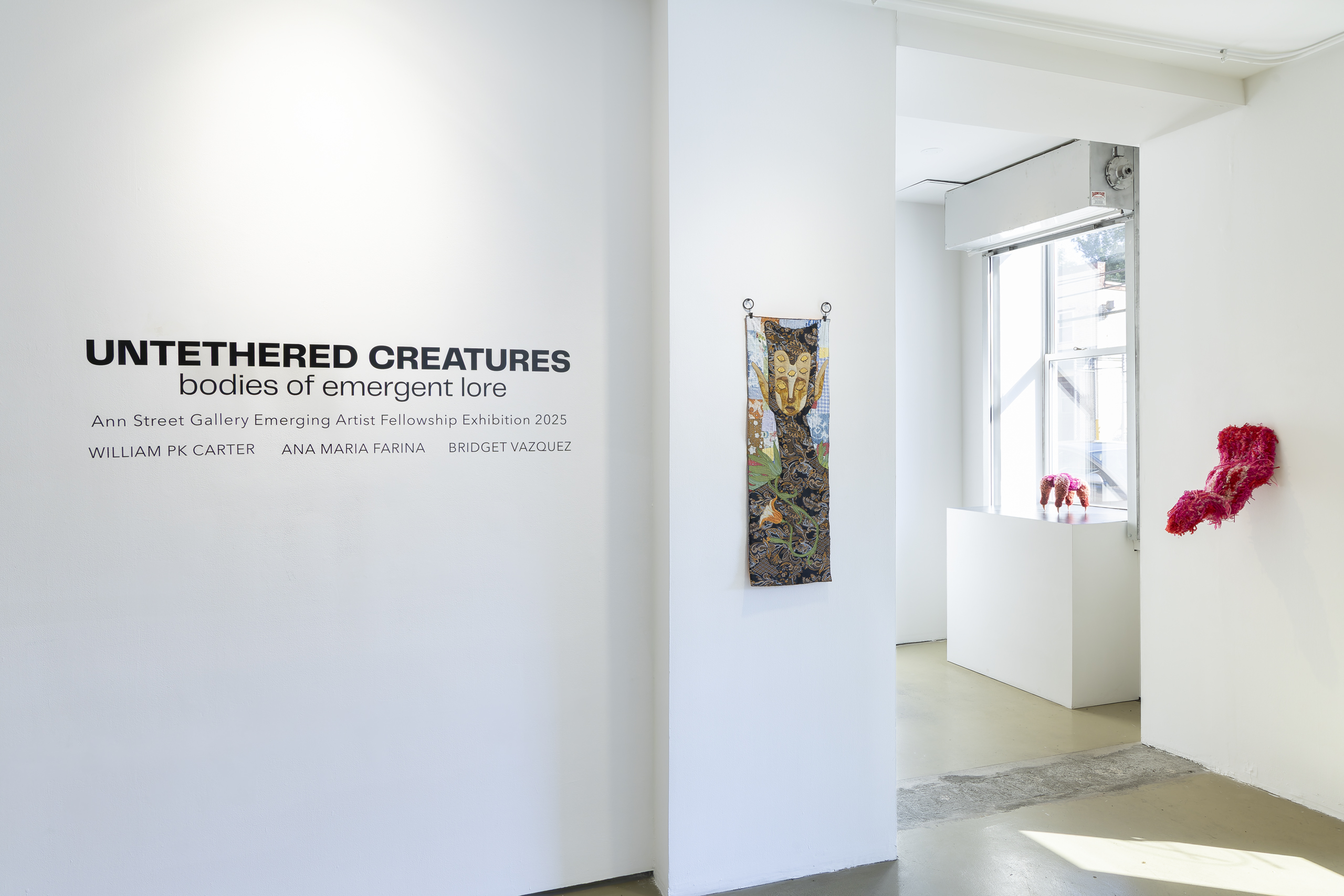

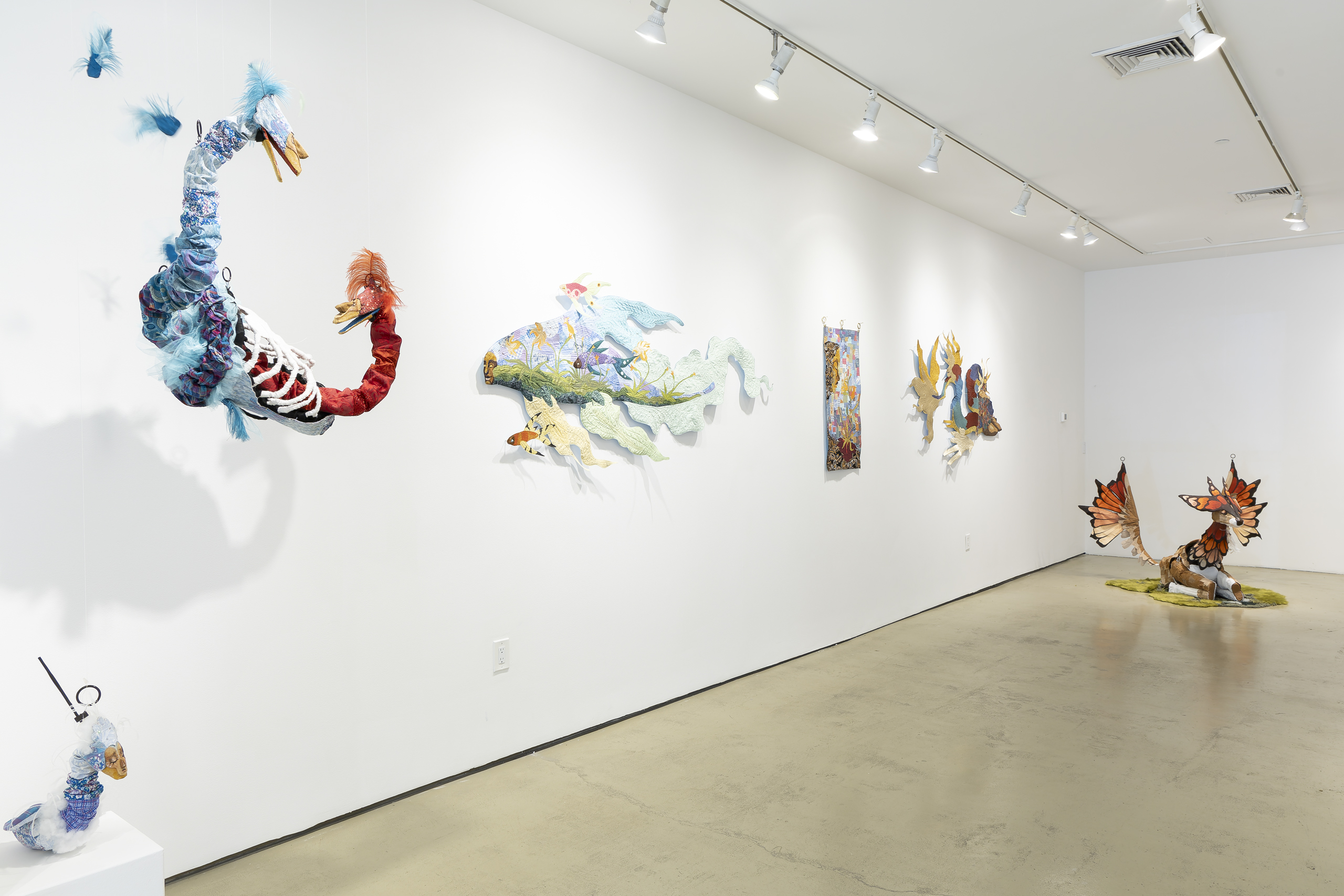
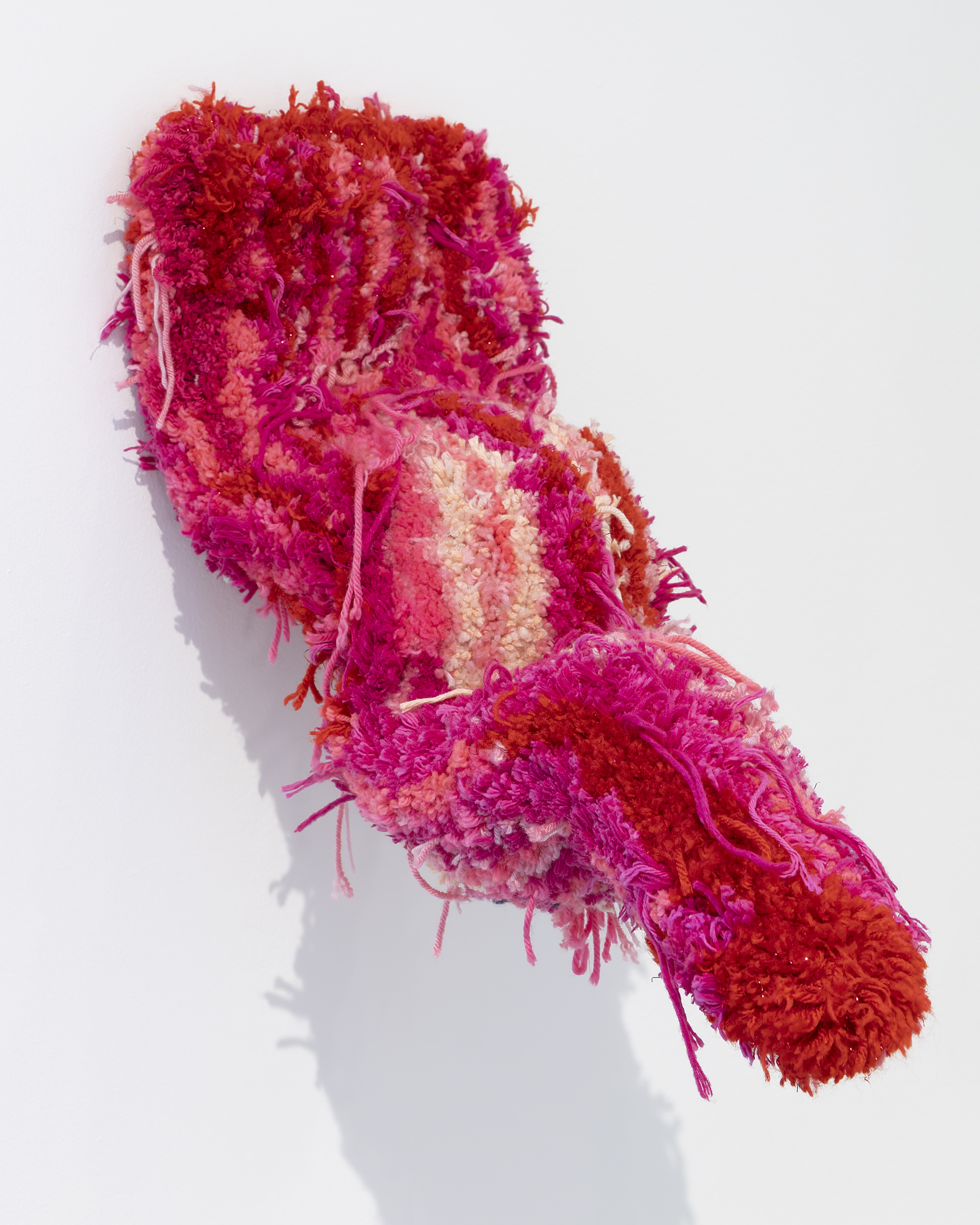

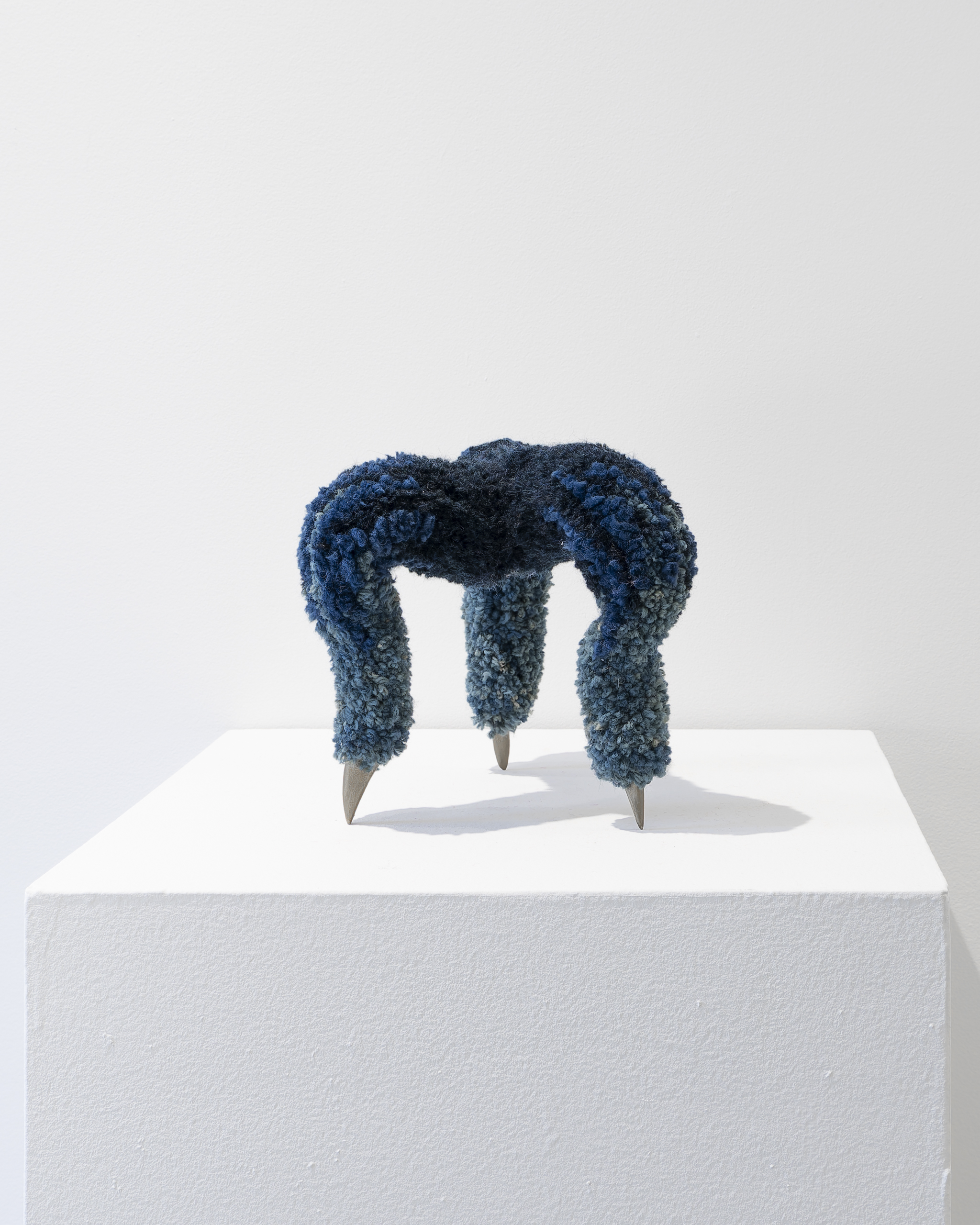

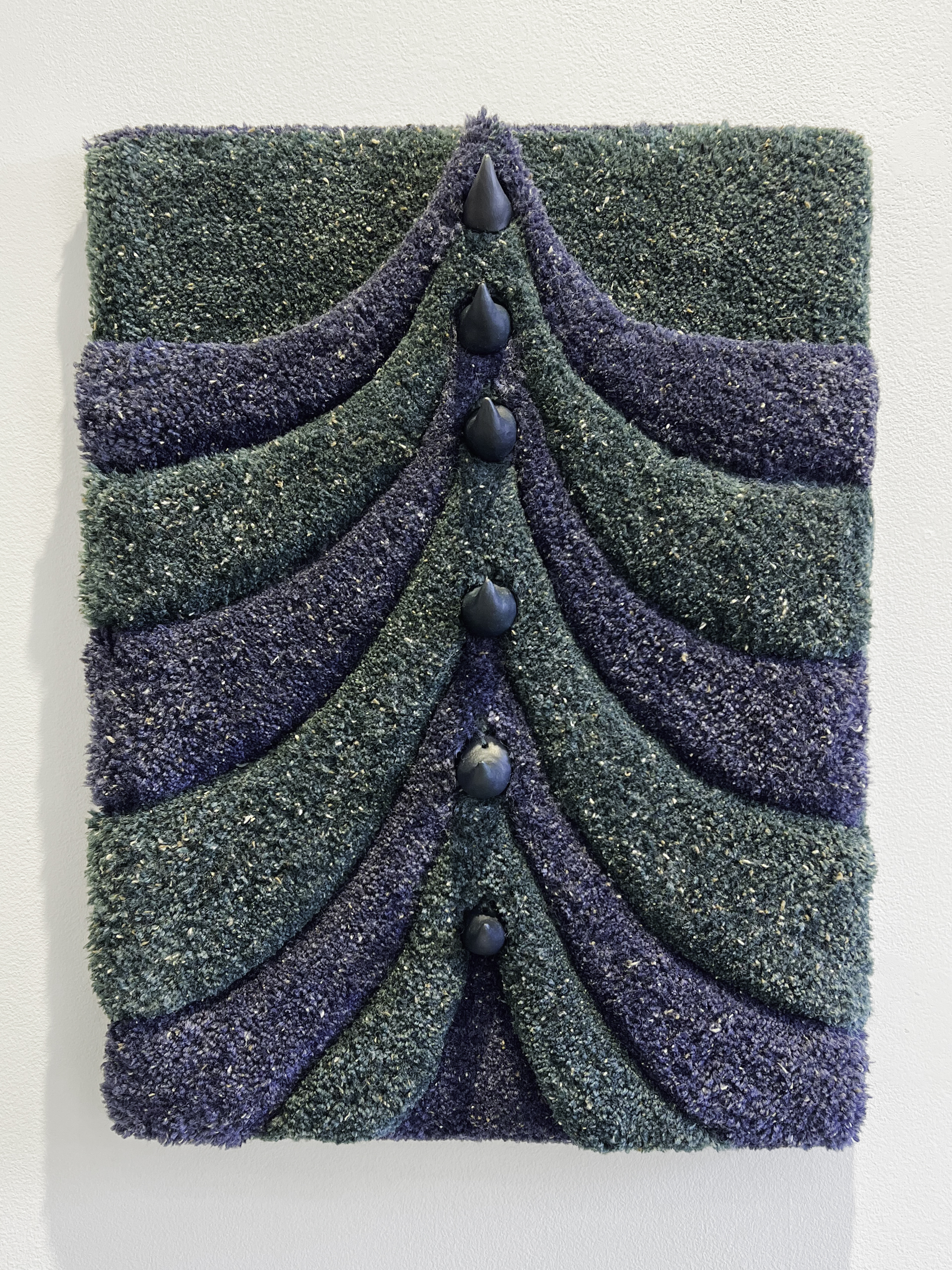

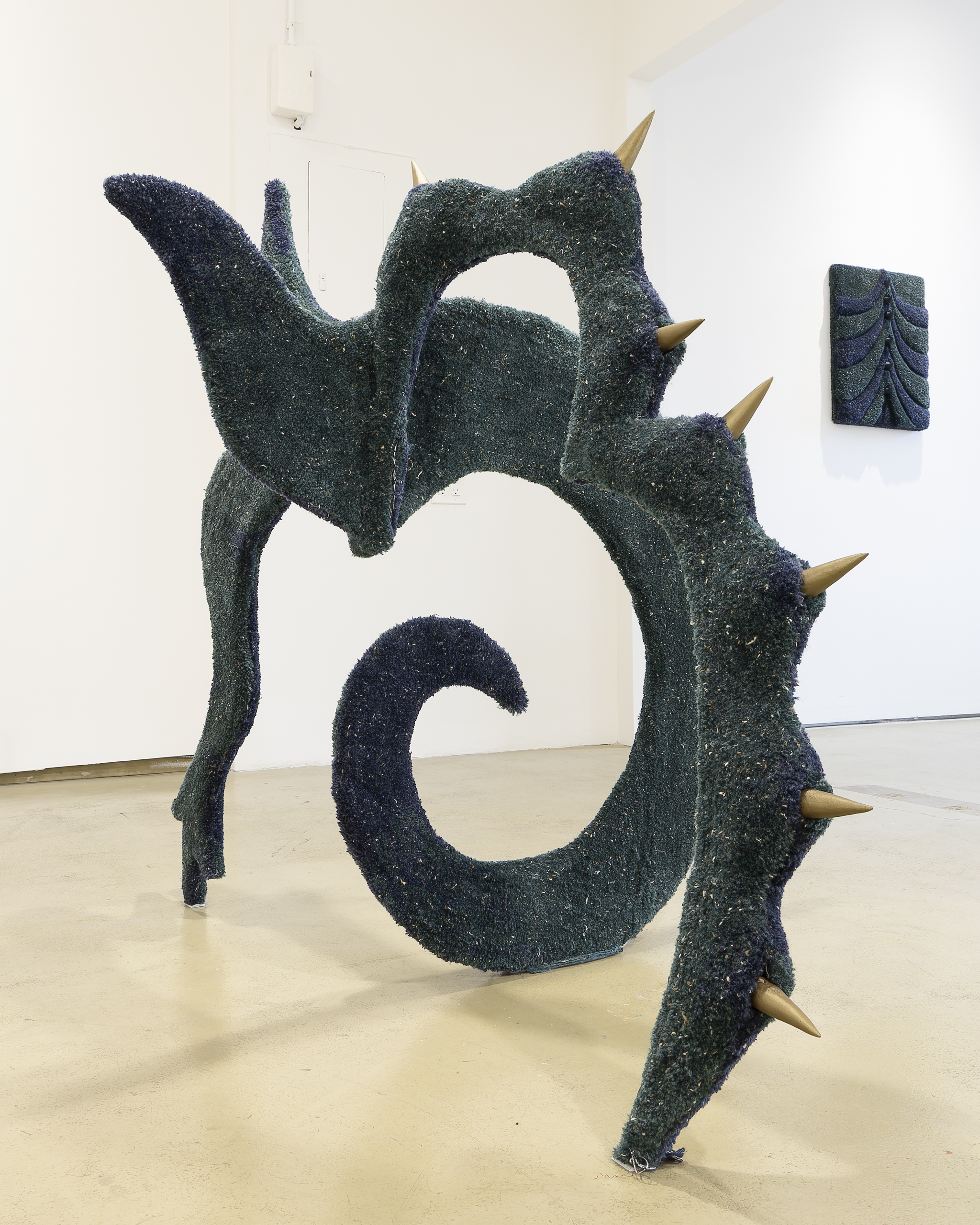

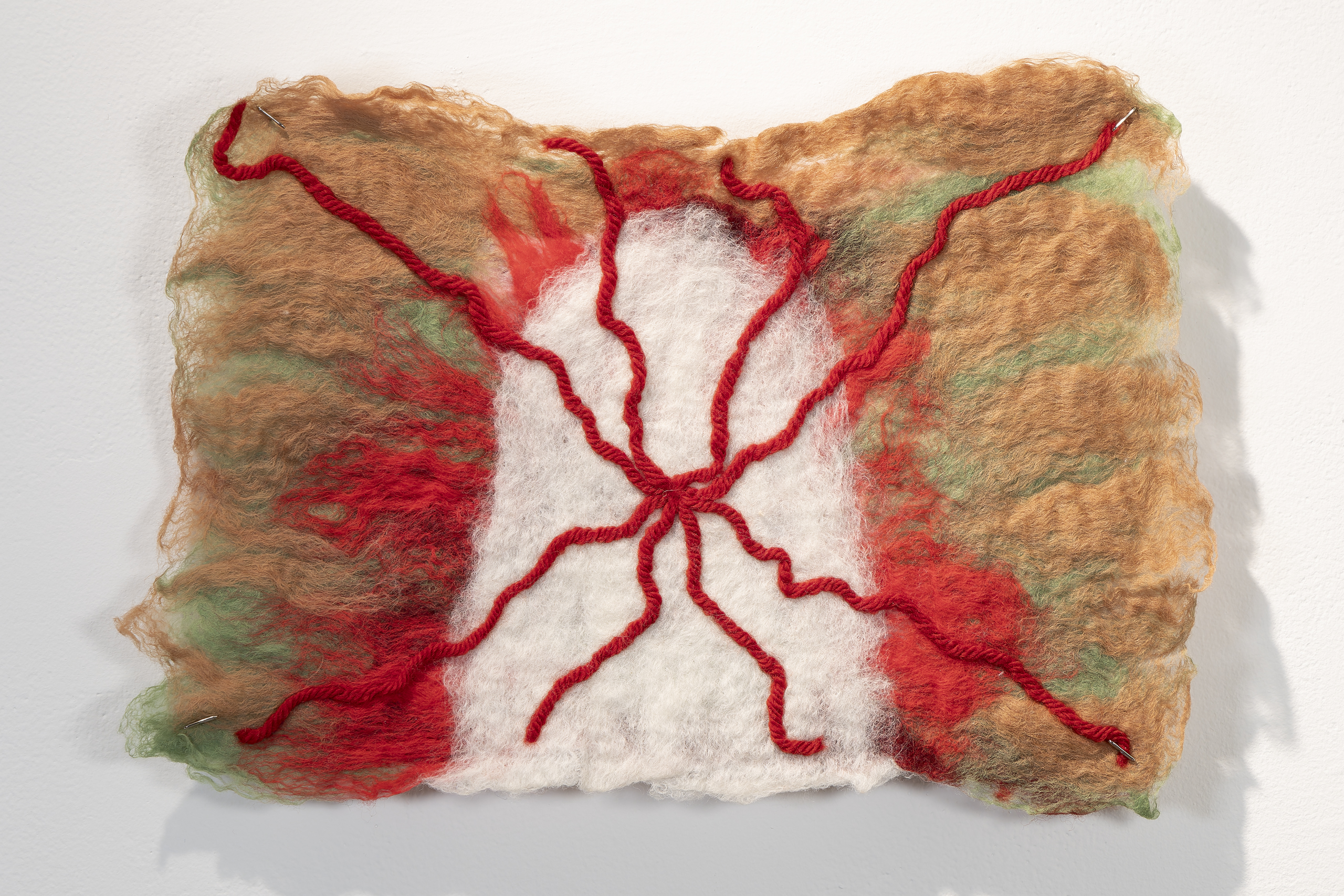





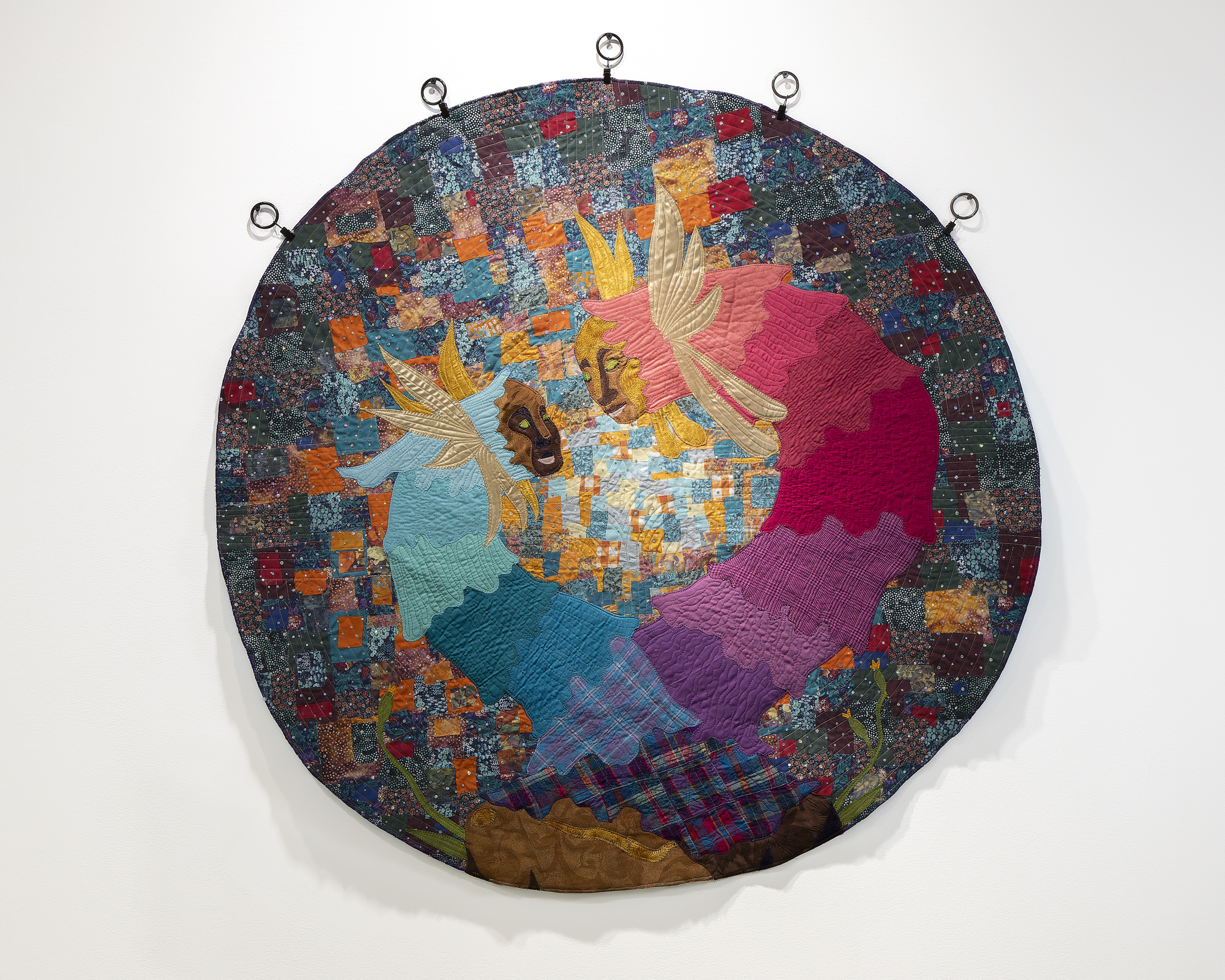



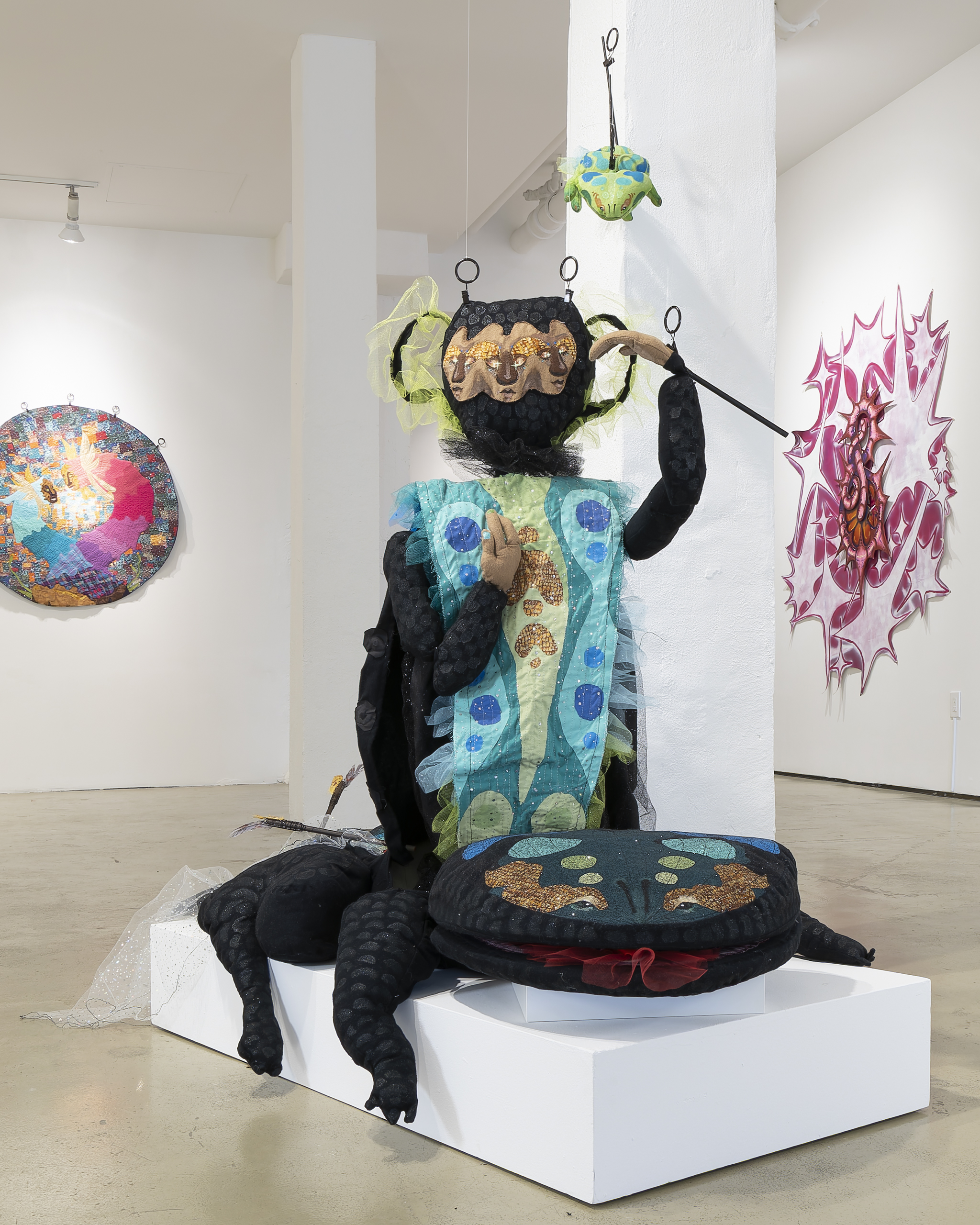
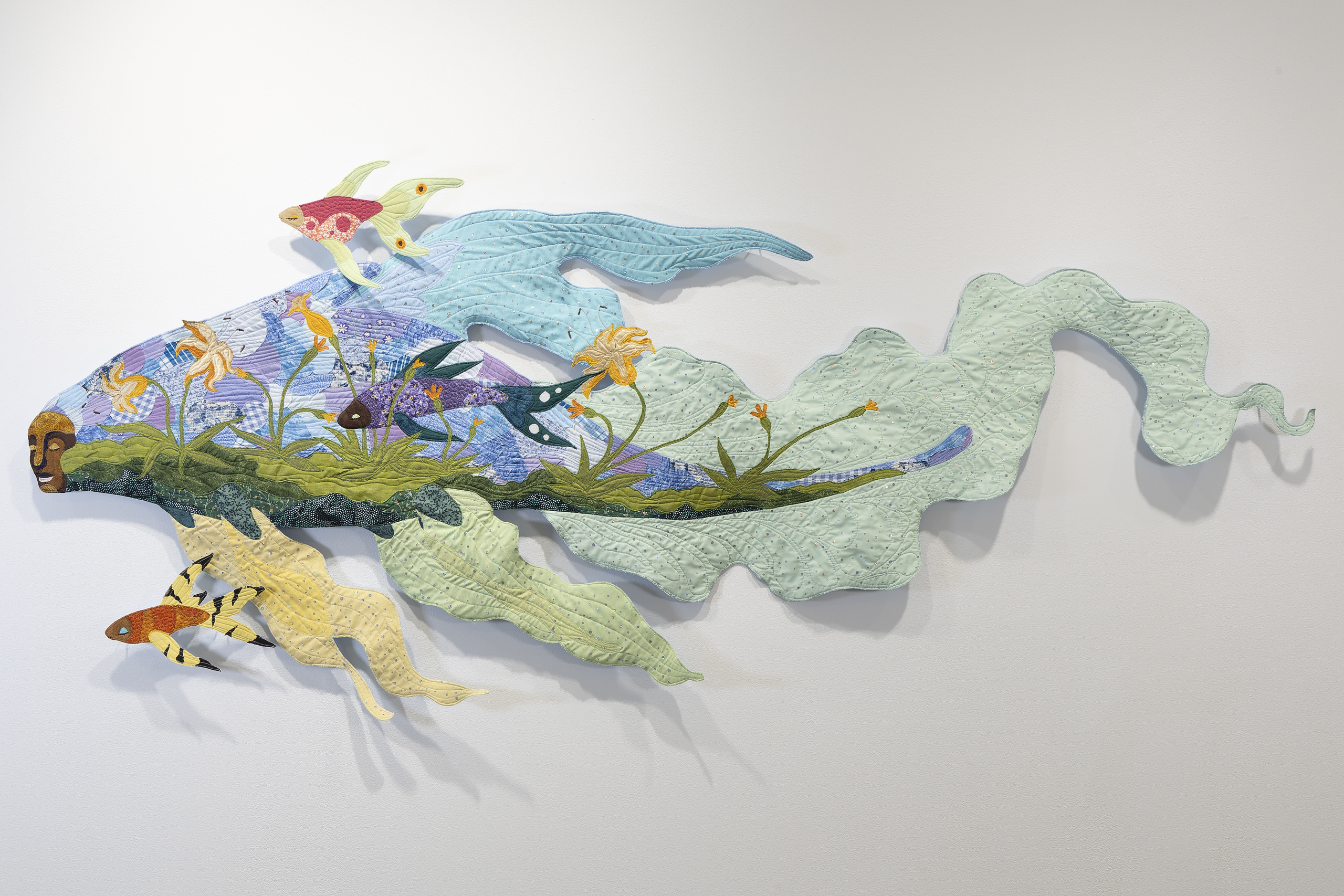




William PK Carter
William PK Carter’s work consists of Illustrative quilts and fabric puppets that create a fantastical world. Featuring human-faced creatures, stitched together with golden thread and adorned with glitter tulle, William’s quilts and puppets theatricalize the many aspects of her experience as a Queer Black person in this country. Working with commonly found textiles, the vibrant colors and textures of her work invoke the comfort of a warm and safe blanket- inviting her audience to engage in narratives that may be otherwise uncomfortable.
Making work that exists between the puppet and fine art worlds, William is able to use formal elements from one to inform the other. She incorporates the effectiveness of movement from puppetry and the visual impact of fine art to create transformative soft sculptures and performances. Maintaining their life even without puppeteers, William’s puppets act as still creatures. Conversely, her quilts are full of movement, mimicking a theatrical play with characters, scenes, and plot as the eye travels through their stitchwork. Using the tactility of feathers, beads, and other materials that are found in costume and scenic design, she combines her quilts and puppets into one unified body of work.
Following in the footsteps of Black American and Caribbean quilters, William’s work serves as a documentation of the current state of our world, and provides her own insight into traversing it. She tells stories of finding community- of longing for love- of performing identity- of metamorphosis- of internalized shame- and of being a spectacle. Her work communicates these vulnerable and intense themes by presenting them as beautiful universal truths. Coming from the perspective of creatures mid-transformation, it helps those who relate feel seen and understood.
William believes that human beings are larger and more abstract than their bodies appear to be, and her work gives physicality to that unseen extensivity. Creating works of fantasy allows the audience to relate to other worldly characters, encouraging them to identify with creatures that don't physically resemble themselves. Her work envelops the viewer in a world where they can release the outside expectations that they subconsciously uphold, and find connection and community in avenues that they would never have expected.
William’s new work for the Fellowship is a display of survival tactics, centered on personal growth, which illustrate a few of the infinite ways that support, love, and acceptance can look- gazing within ourselves, acknowledging our realities, and reaching outwards towards community. Using amalgamations of human, flora, fauna, and fantastical forms, these depicted relationships have helped her understand herself and exist authentically in response to the historical and recent erasure of Queer Black histories. Acting as community members, loved ones, and friends to all that need them, her works encourage the breaking of poisonous cycles by means of community and personal metamorphosis.
To be queer is to be ever-changing, and to be ever-changing is to be human.
https://williampkcarter.com/
@baeslleaf

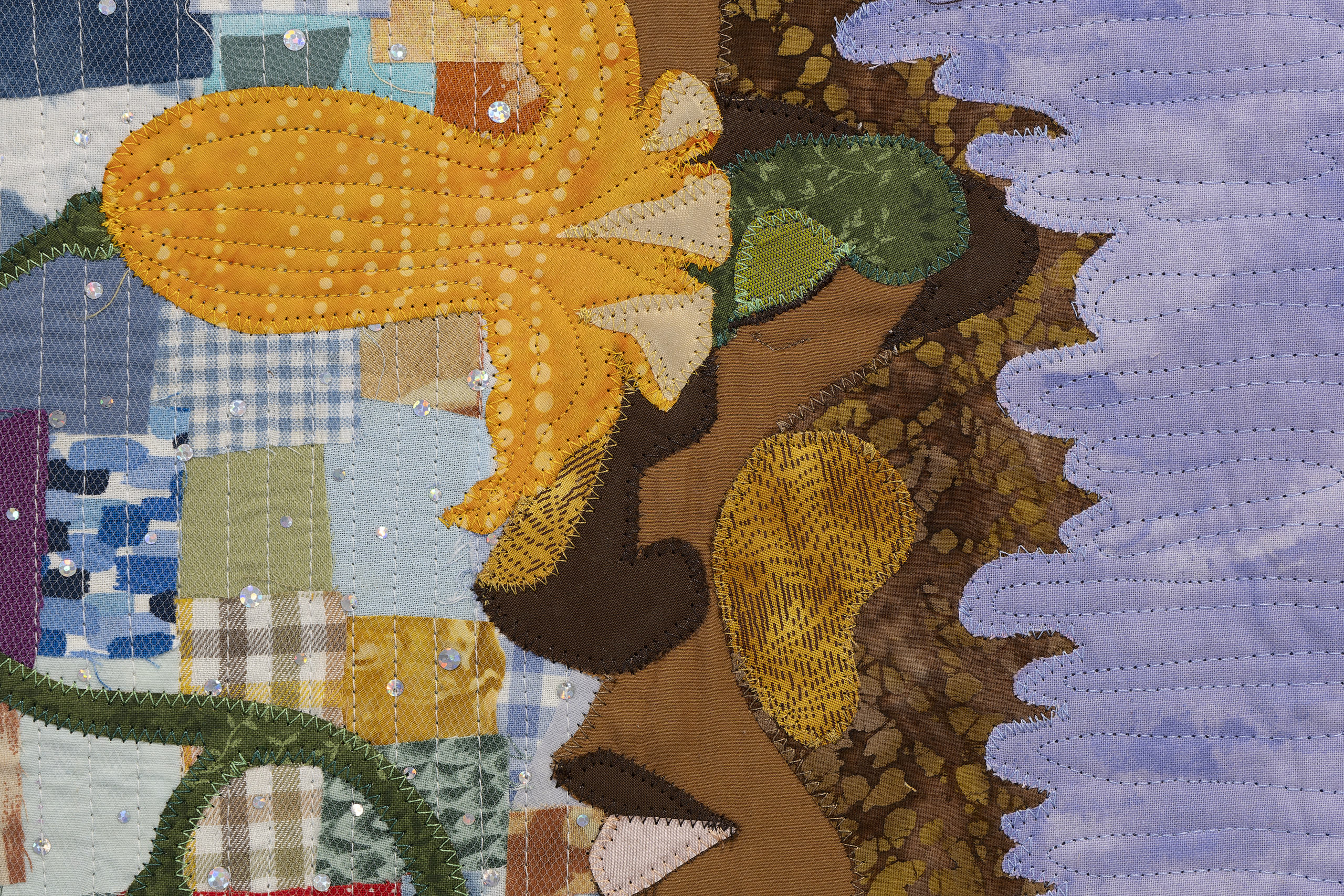
To See What’s In Front Of Me
Cotton, silk, and synthetic fabrics, cotton and polyester thread, felt, glitter tulle
16 x 22”
2025
![]()
![]()
![]()
Cotton, silk, and synthetic fabrics, cotton and polyester thread, felt, glitter tulle
16 x 22”
2025



First Lily
Cotton, silk, and synthetic fabrics, cotton and polyester thread, felt, glitter tulle
36 x 12.5”
2024
![]()
![]()
![]()
Cotton, silk, and synthetic fabrics, cotton and polyester thread, felt, glitter tulle
36 x 12.5”
2024


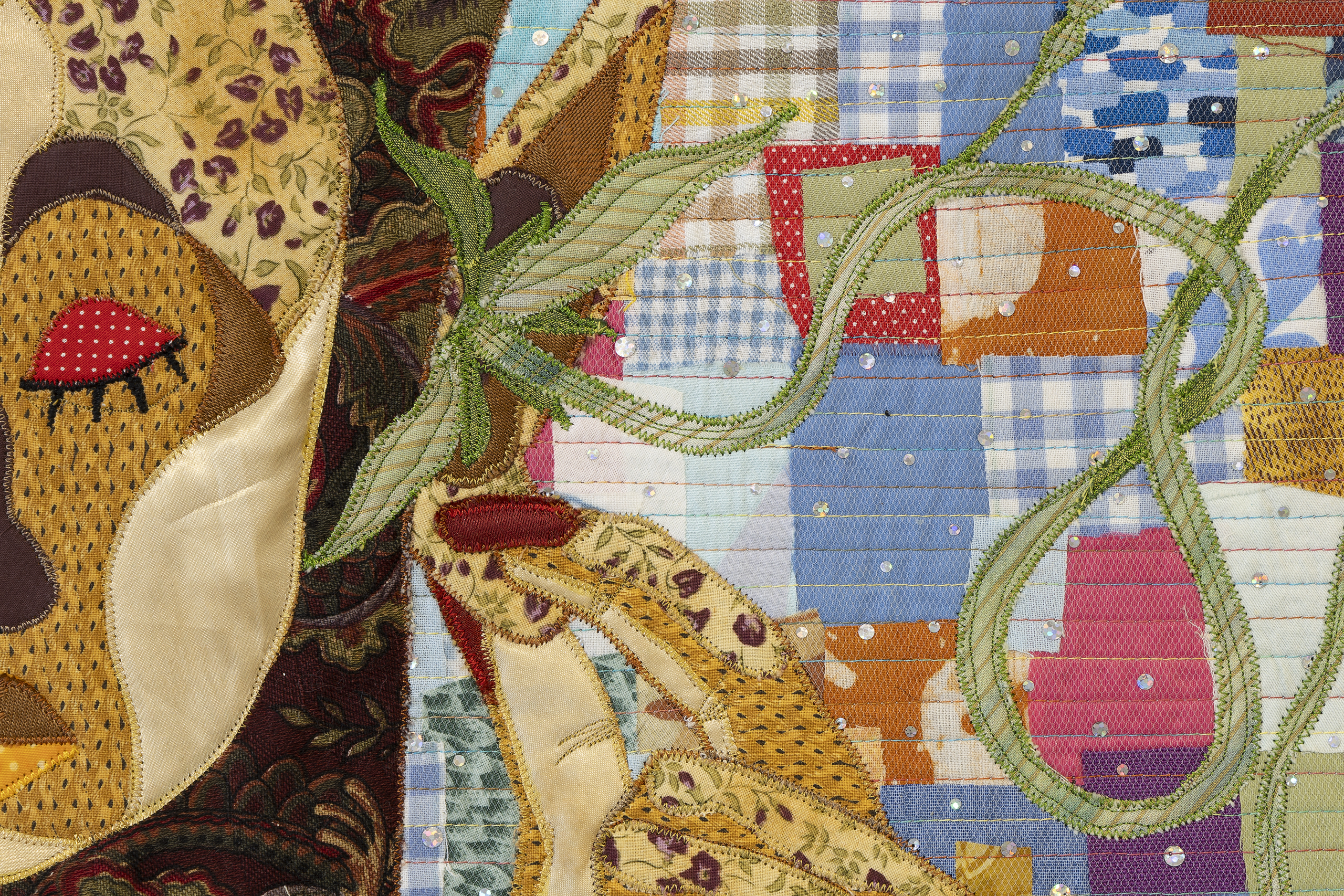
Tugging At My Ear
Cotton, silk, and synthetic fabrics, cotton and polyester thread, felt, glitter tulle
12 x 18.5”
2024
Cotton, silk, and synthetic fabrics, cotton and polyester thread, felt, glitter tulle
12 x 18.5”
2024



Ripe Fruit, Bruised Fruit
Cotton, silk, and synthetic fabrics, cotton and polyester thread, felt, glitter tulle, upholstery foam, foam core, cardboard, acrylic paint, glitter fabric medium, assorted feathers
30 x 42 x 36”
2025
![]()
![]()
![]()
![]()
Let My Growth Be Your Context
Cotton, silk, and synthetic fabrics, cotton and polyester thread, felt, glitter tulle
40 x 82”
2025
![]()
![]()
![]()
Domesticated Creature
Cotton, silk, and synthetic fabrics, cotton and polyester thread, felt, glitter tulle, upholstery foam, foam core, cardboard, acrylic paint, glitter fabric medium, assorted feathers, wooden dowels
32 x 70 x 30”
2025
![]()
![]()
Sewing a Fresh Wound
Cotton, silk, and synthetic fabrics, cotton and polyester thread, felt, glitter tulle
36 x 18”
2025
![]()
![]()
Always Aware of Both Skins
Cotton, silk, and synthetic fabrics, cotton and polyester thread, felt
44 x 72”
2025
![]()
![]()
![]()
![]()
![]()
For Sport or For Beauty
Cotton, silk, and synthetic fabrics, cotton and polyester thread, felt, glitter tulle, upholstery foam, wooden dowels, cardboard, elastic, acrylic paint, glitter fabric medium, assorted feathers, repurposed watering can handles
66 x 48 x 64”
2025
![]()
![]()
From Me and Us We Bloom
Cotton, silk, and synthetic fabrics, cotton and polyester thread, felt, glitter tulle
46 x 46”
2025
Cotton, silk, and synthetic fabrics, cotton and polyester thread, felt, glitter tulle, upholstery foam, foam core, cardboard, acrylic paint, glitter fabric medium, assorted feathers
30 x 42 x 36”
2025

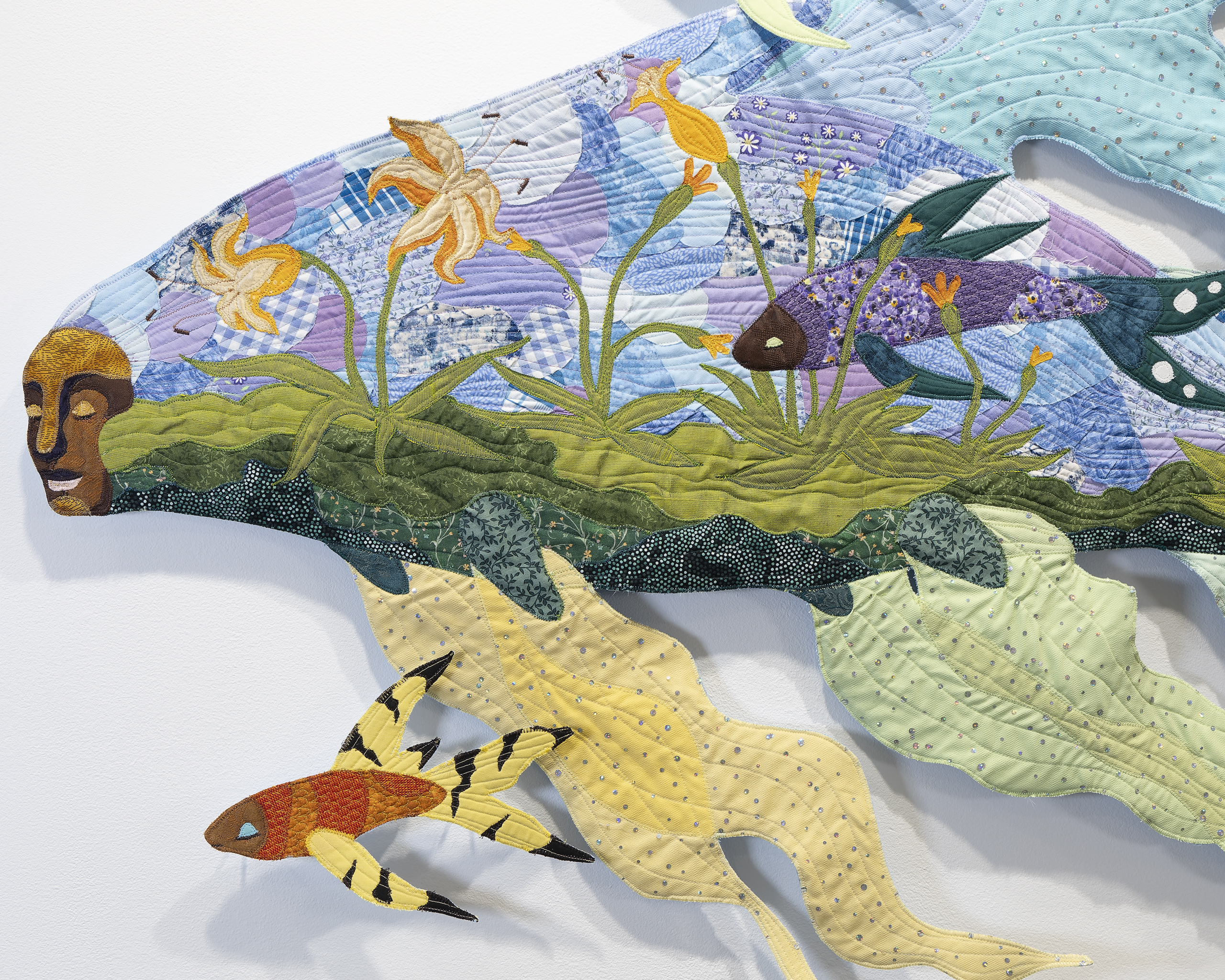
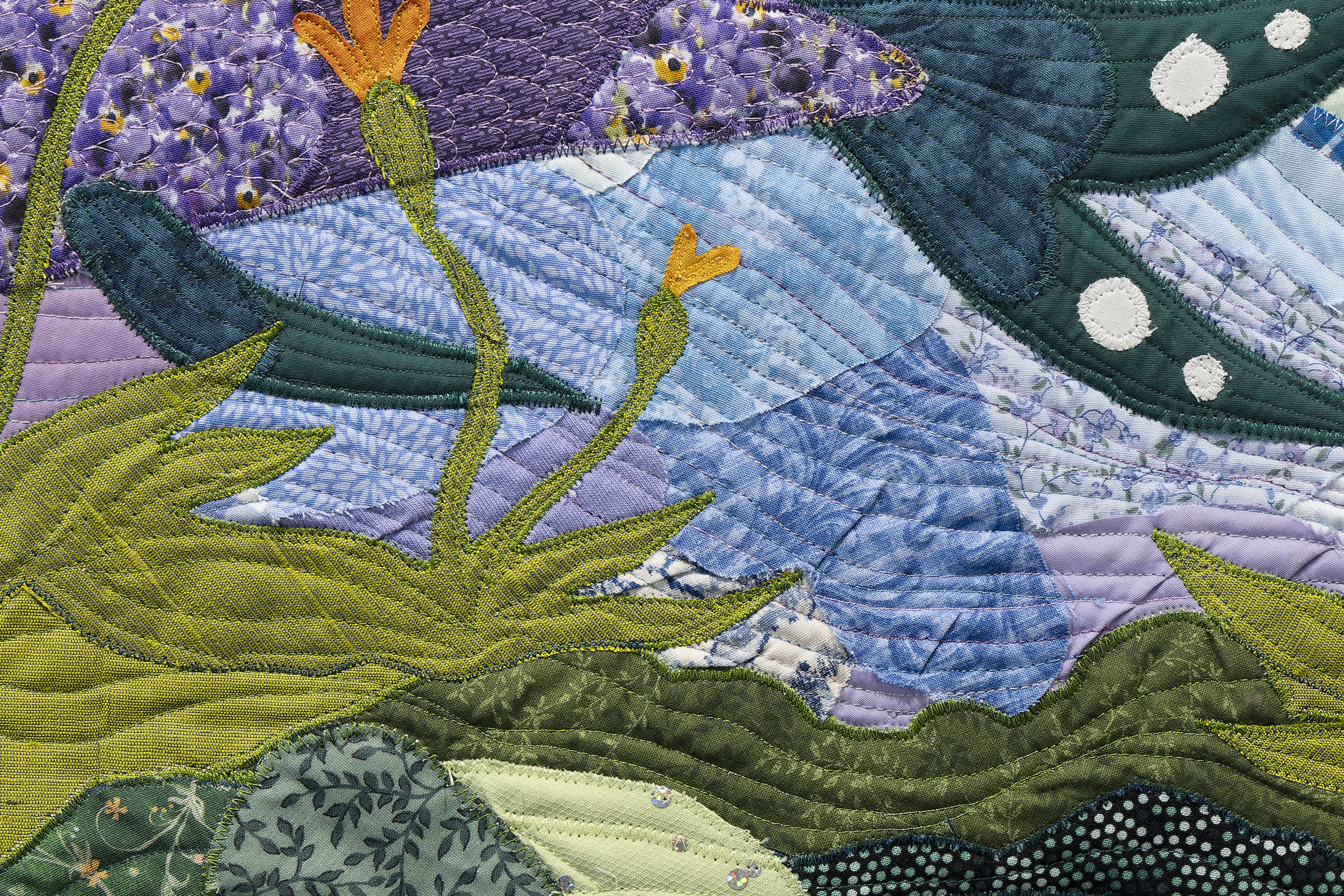

Let My Growth Be Your Context
Cotton, silk, and synthetic fabrics, cotton and polyester thread, felt, glitter tulle
40 x 82”
2025


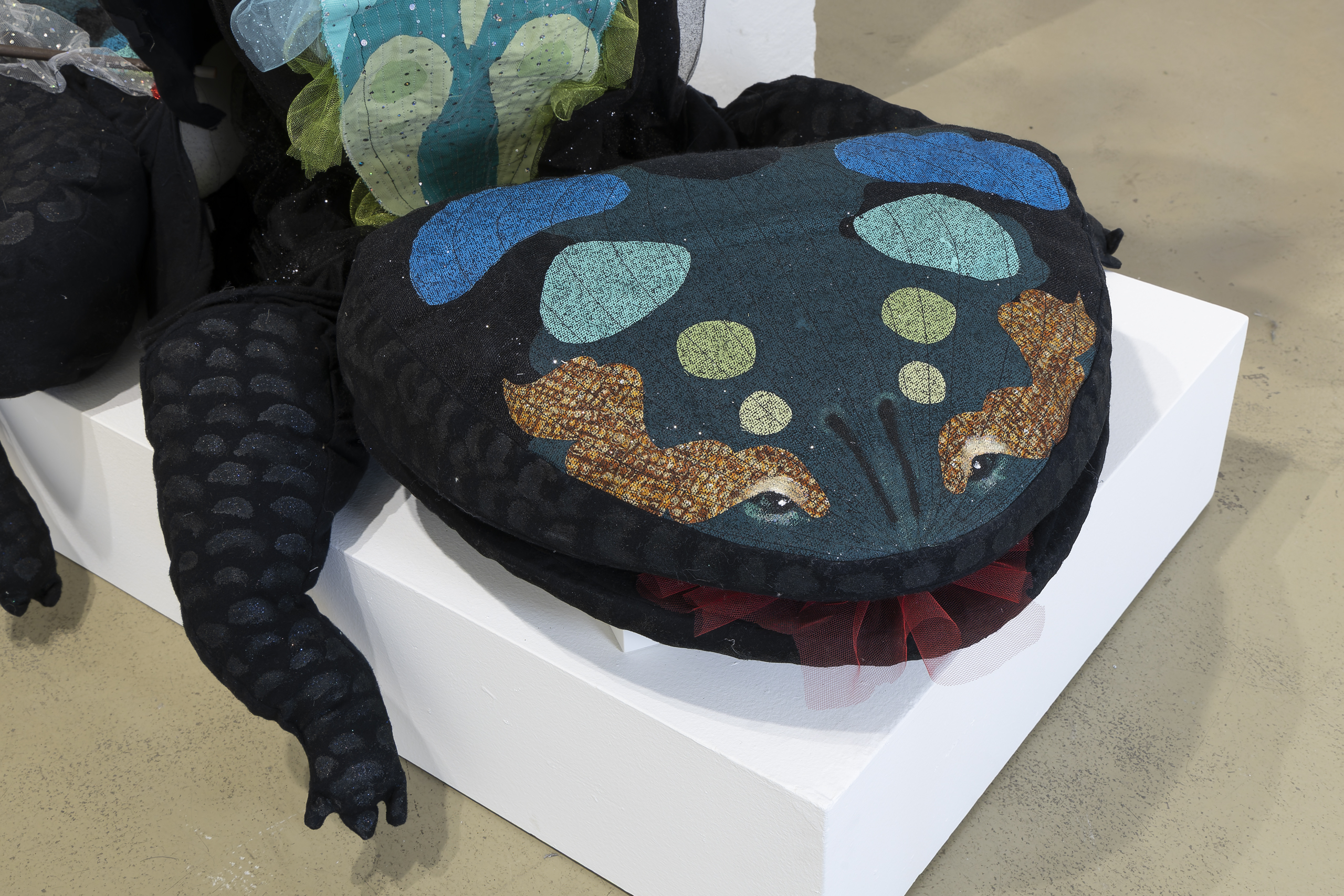
Domesticated Creature
Cotton, silk, and synthetic fabrics, cotton and polyester thread, felt, glitter tulle, upholstery foam, foam core, cardboard, acrylic paint, glitter fabric medium, assorted feathers, wooden dowels
32 x 70 x 30”
2025


Sewing a Fresh Wound
Cotton, silk, and synthetic fabrics, cotton and polyester thread, felt, glitter tulle
36 x 18”
2025


Always Aware of Both Skins
Cotton, silk, and synthetic fabrics, cotton and polyester thread, felt
44 x 72”
2025



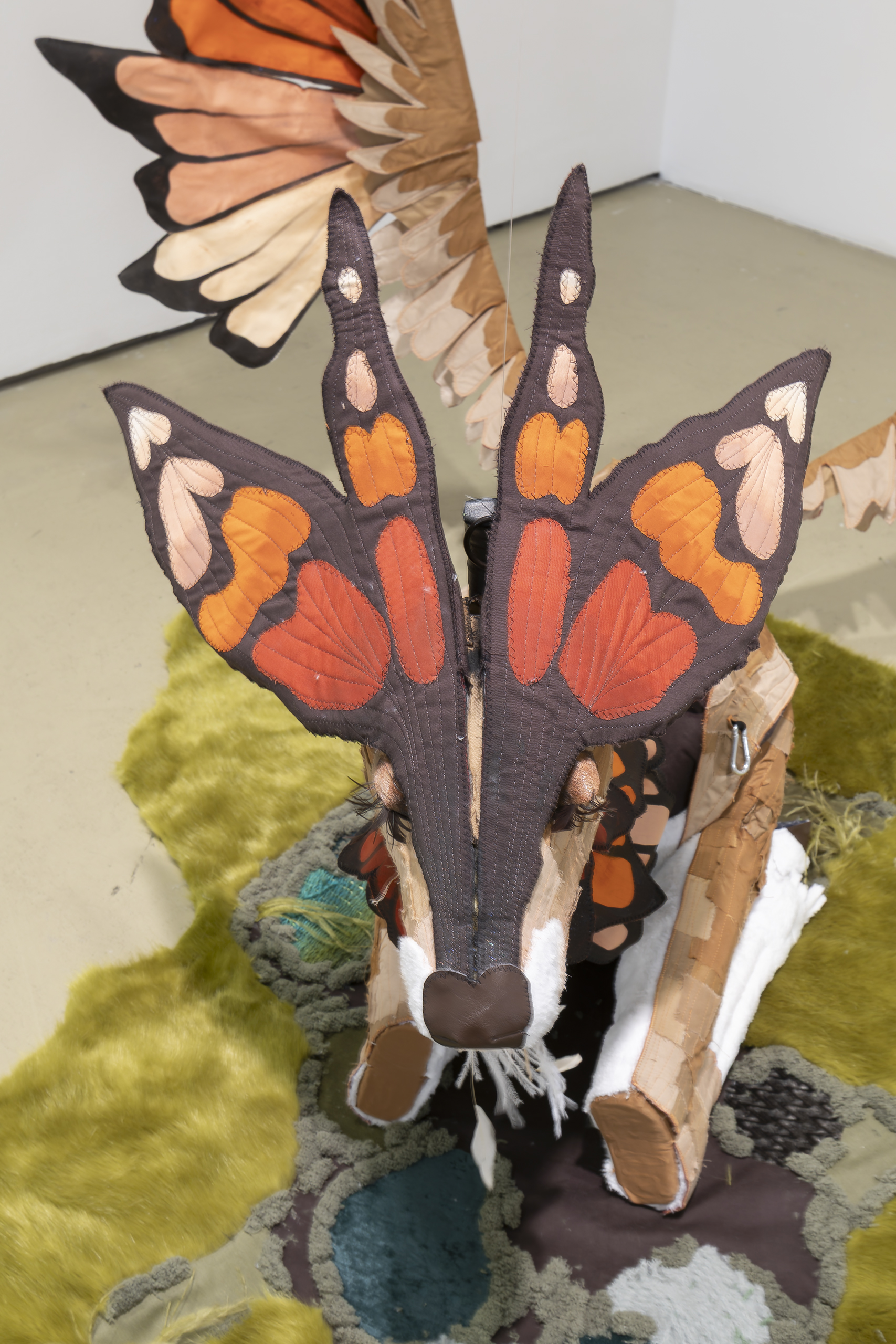

For Sport or For Beauty
Cotton, silk, and synthetic fabrics, cotton and polyester thread, felt, glitter tulle, upholstery foam, wooden dowels, cardboard, elastic, acrylic paint, glitter fabric medium, assorted feathers, repurposed watering can handles
66 x 48 x 64”
2025

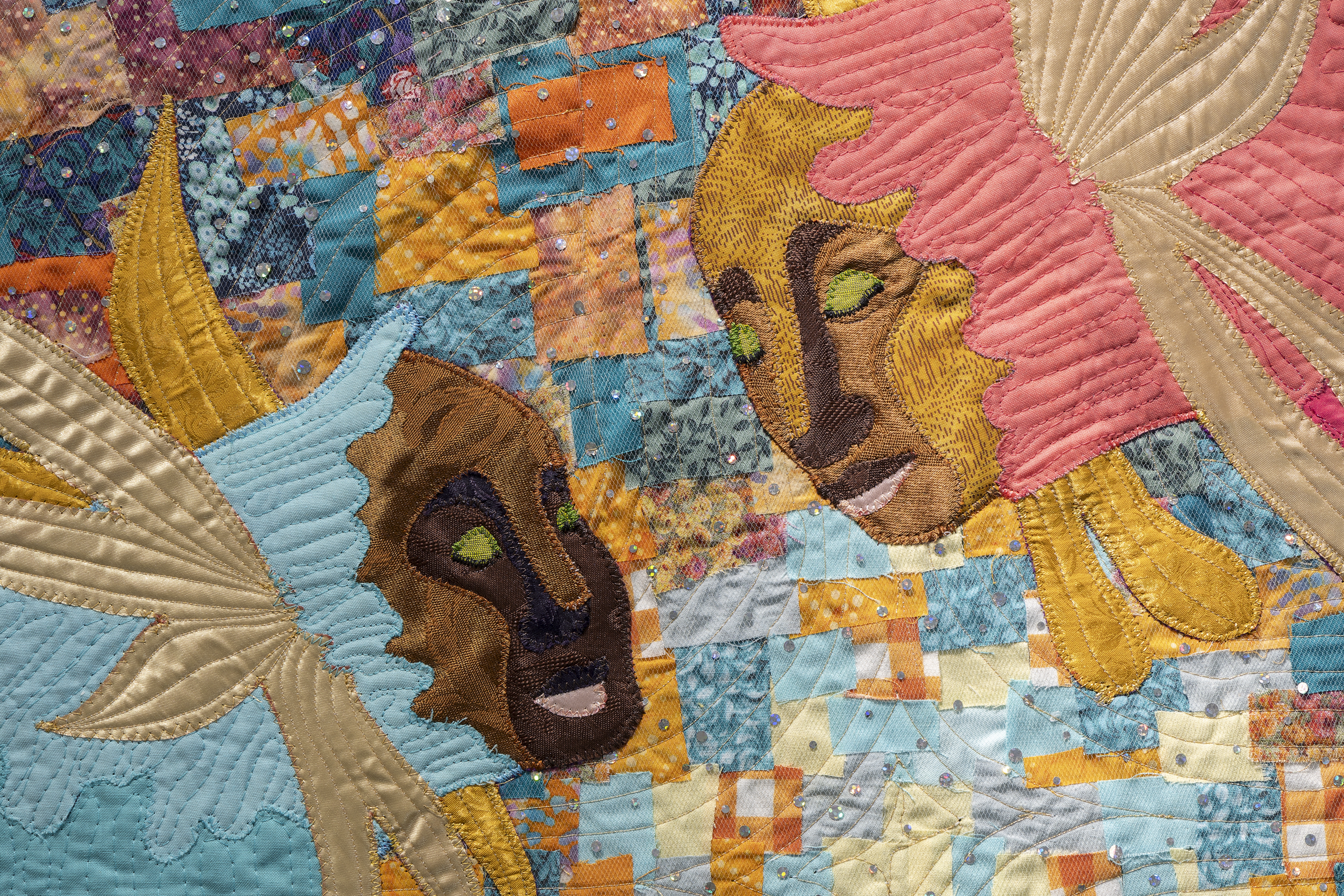
From Me and Us We Bloom
Cotton, silk, and synthetic fabrics, cotton and polyester thread, felt, glitter tulle
46 x 46”
2025
Ana Maria Farina
Ana Maria Farina conjures art-objects that inhabit a mystical space between abstraction and representation, where painting, sculpture, and textile meet. She is attracted by the creature-like, mythological parts of being human and the untamed primordial wilderness we are taught to suppress. Each piece is a tactile exploration of the hidden and the intangible, inviting viewers to connect with both the familiar and the mysterious.
Working in wool, ceramics, and natural dyes provenient from her home allows her to bring a sense of grounding and honor her ancestry of Brazilian craftswomen while working on themes of psychoanalysis and our internal battles of constraint, repression, and release. Through texture, form, and color, she brings forth a world that is at once comforting and unfamiliar, where the lines between the physical and psychological are softly blurred.
The works in this exhibition are Ana's first exploration of free-standing sculptures in wool and ceramics. She includes hand-dyed wool, most of which derives its color from plants from her home, Brasil. One of these sculptures, bicho pau-brasil, is a direct reference to the work of Lygia Clark but uses wool dyed with brazilwood and ceramic instead of metal. There is also an installation created through the ancient technique of wetfelting in which the artist lays raw, naturally dyed wool on a surface and, by creating friction, the fibers tangle to form a fabric. The works on display come together as fragments of a ritual of acknowledging, releasing, banishing, and becoming.
https://www.anamafarina.com/
@anamafarina


corpos histéricos, weapon
Wool, wire, and fiber scraps
28 x 10 x 10”
2022
![]()
![]()
![]()
![]()
![]()
![]()
bicho pau-brasil
Wool and ceramic
9 x 11 x 12”
2025
![]()
![]()
![]()
bicho campeche
Wool, wire, ceramic, and fiber scraps
8.5 x 7.5 x 7.5”
2025
![]()
![]()
![]()
![]()
spellwork
Wool, ceramic, and embroidery thread
26 x 21 x 3”
2025
![]()
![]()
![]()
ce monstre inhumain, c’est moi-même
Wool and ceramic
25 x 19 x 2.5”
2025
![]()
![]()
![]()
bicho pau-brasil II
Wool, wire, ceramic, and fiber scraps
9.25 x 11 x 11”
2025
![]()
![]()
![]()
criatura
Wool, wood, and ceramic
53 x 49 x 42”
2025
![]()
![]()
![]()
![]()
abismo (abyss)
Wool and wire
75 x 105 x 20”
2025
![]()
![]()
portal
Wool
12 x 16”
2025
Wool, wire, and fiber scraps
28 x 10 x 10”
2022


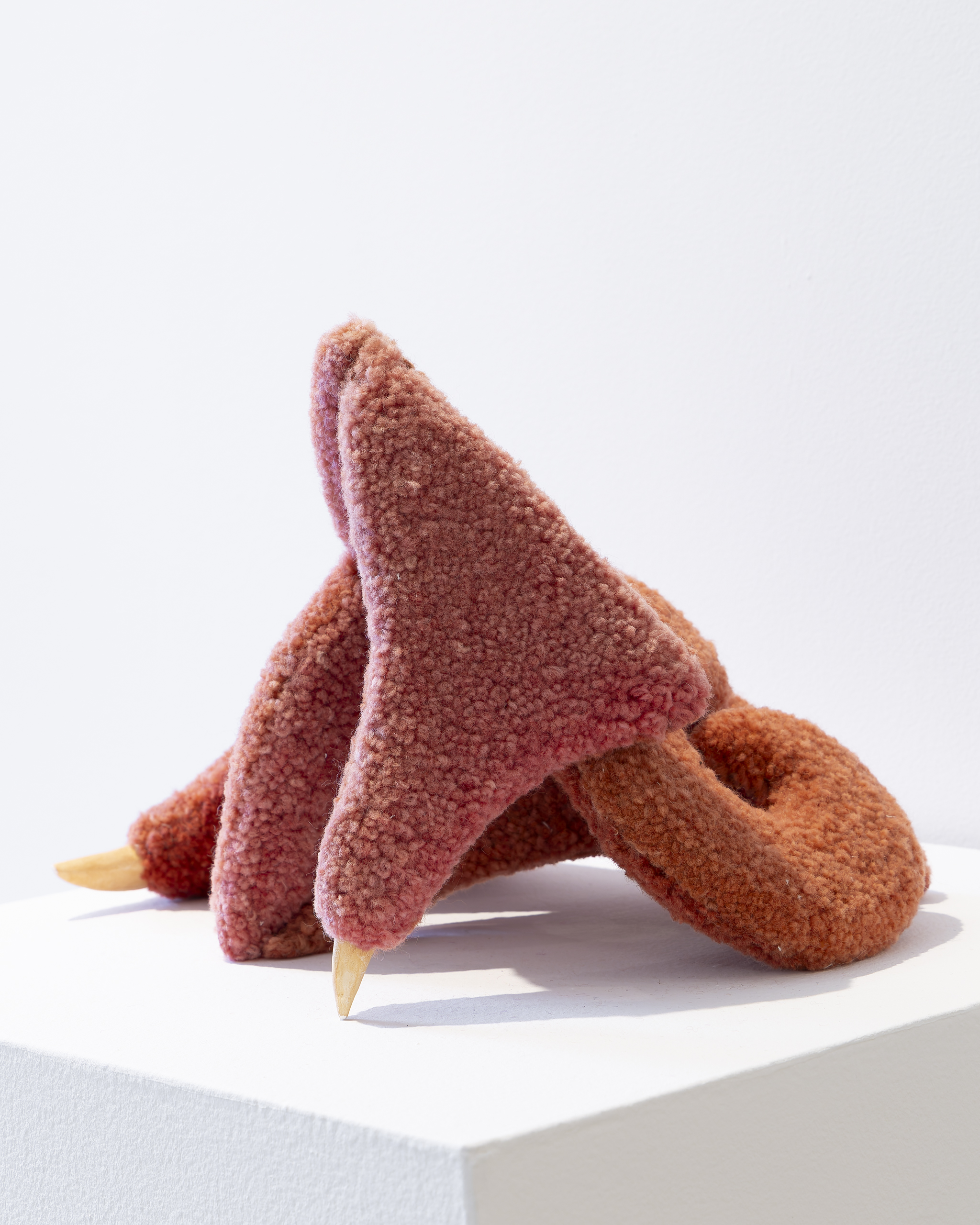


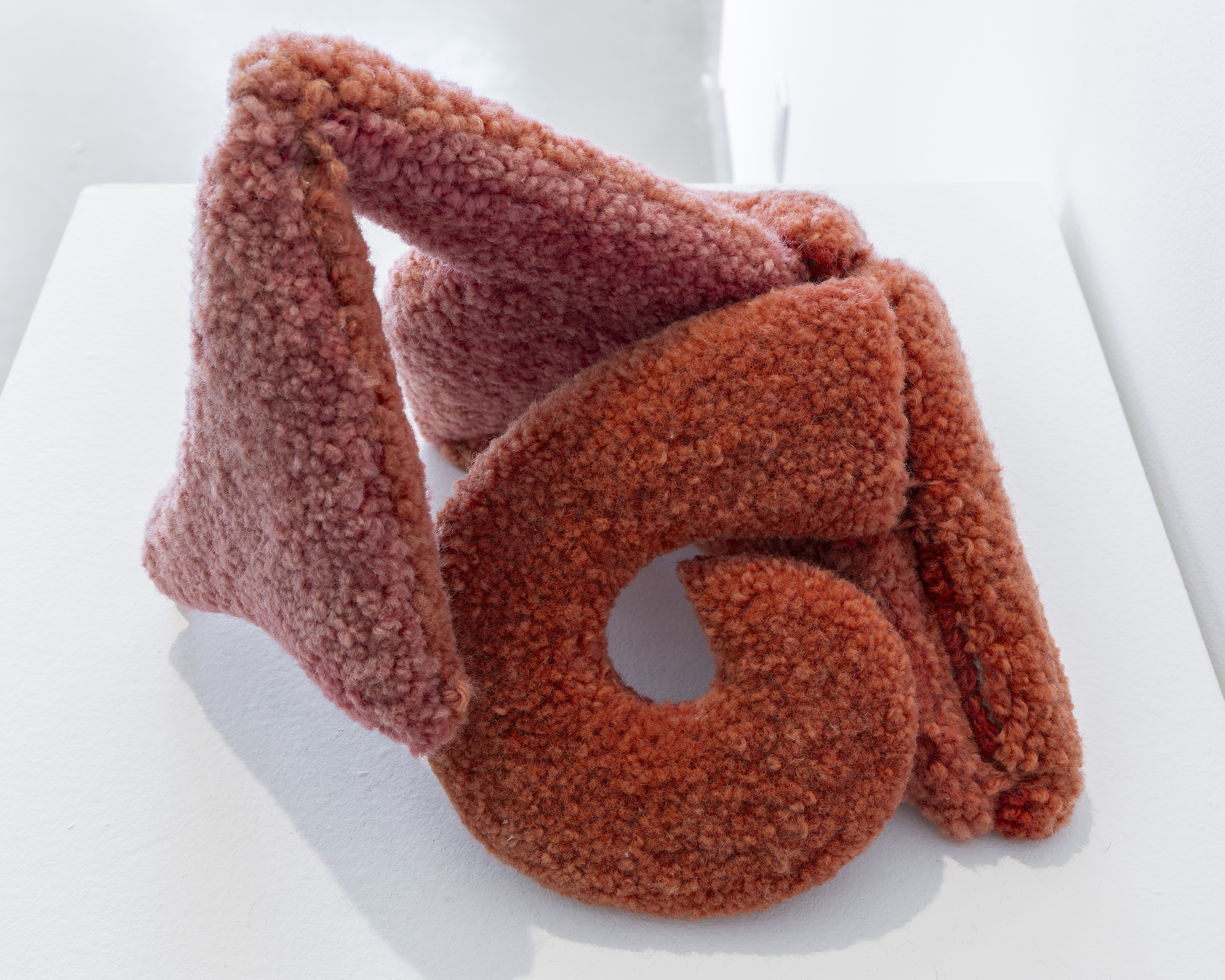
bicho pau-brasil
Wool and ceramic
9 x 11 x 12”
2025



bicho campeche
Wool, wire, ceramic, and fiber scraps
8.5 x 7.5 x 7.5”
2025

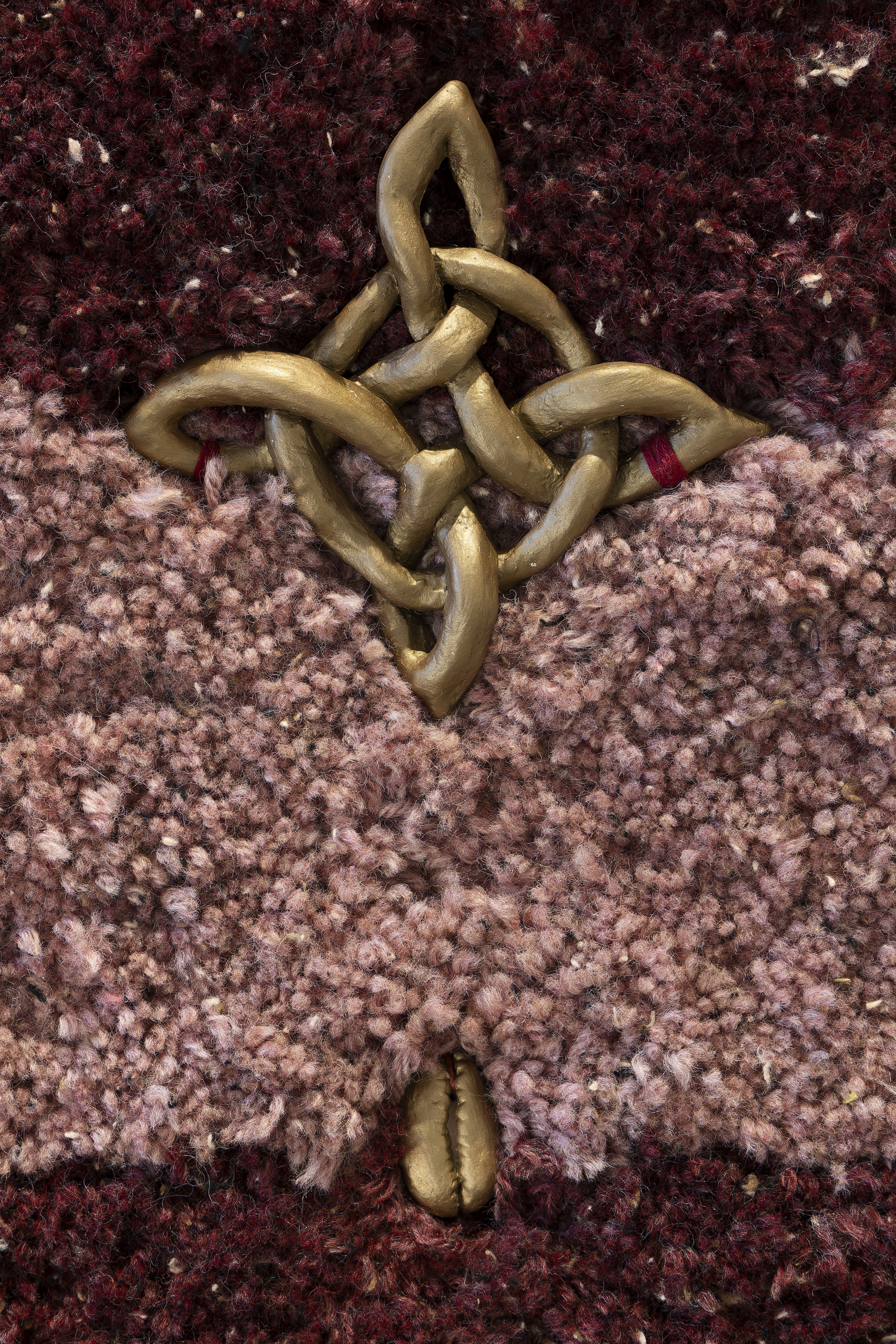


spellwork
Wool, ceramic, and embroidery thread
26 x 21 x 3”
2025



ce monstre inhumain, c’est moi-même
Wool and ceramic
25 x 19 x 2.5”
2025

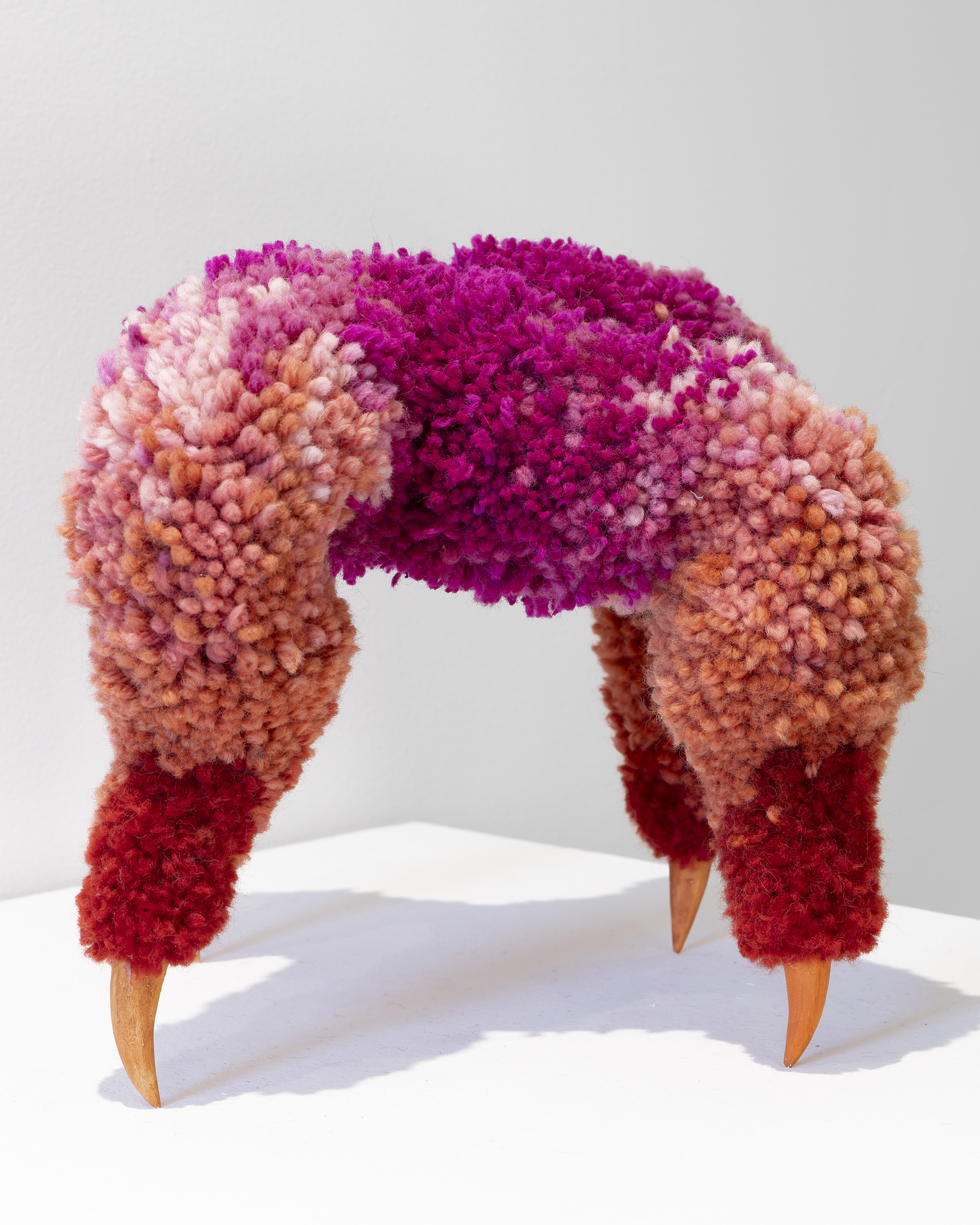

bicho pau-brasil II
Wool, wire, ceramic, and fiber scraps
9.25 x 11 x 11”
2025


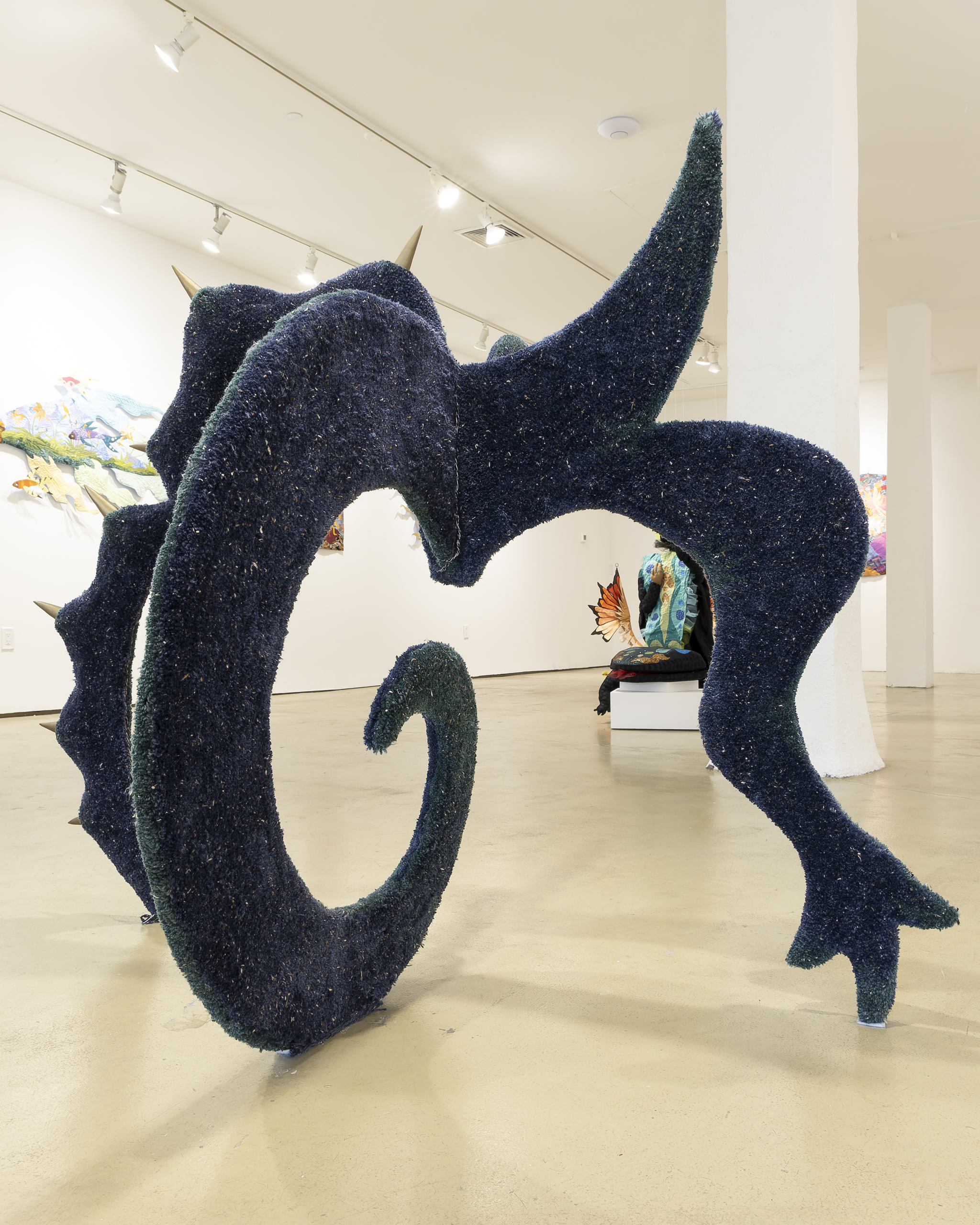
criatura
Wool, wood, and ceramic
53 x 49 x 42”
2025


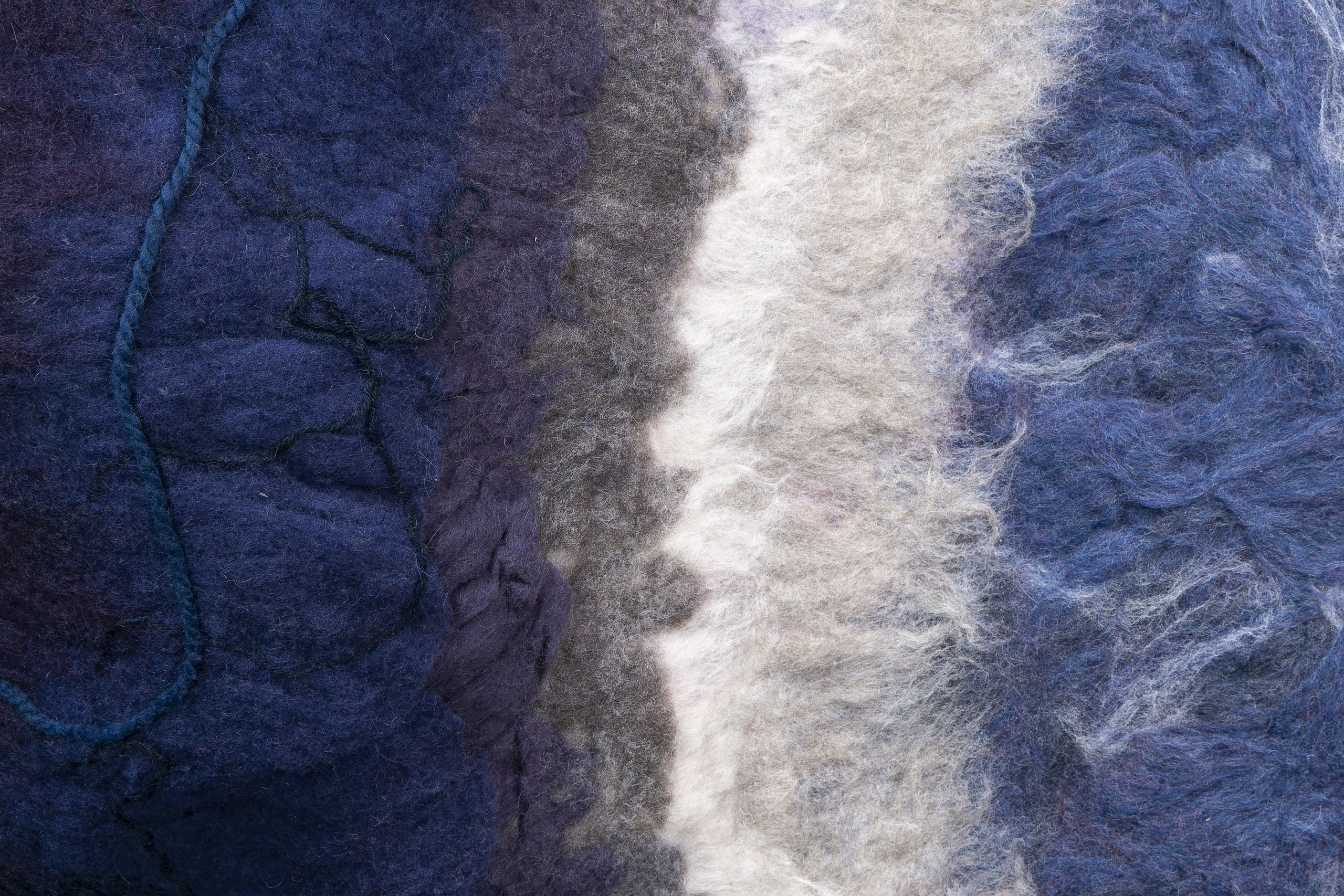

abismo (abyss)
Wool and wire
75 x 105 x 20”
2025


portal
Wool
12 x 16”
2025
Bridget Vasquez
Bridget Vasquez is a multidisciplinary artist with a process centered on painting. She is influenced by saturated color palettes, folklore, graphic imagery and animalistic forms. Figuring out ways of pushing the physical boundaries- or lack thereof- in her work to create dynamic pieces has led to each new piece becoming a puzzle waiting to be solved. The current focus of her work lies in layered structures of cultural, gender and social identity wrapped in fervent beings within a world that is as claustrophobic as it is expansive.
Bridget’s work in Untethered Creatures synthesizes established aspects of her creative process with innovative material application, creating an intersection of familiarity and the unknown. Transforming invisible creatures into titans, occupying uncharted spaces, she exhumes personified parallels that resonate on personal and universal levels. Through an exploration of softness and intensity, an expanding dialogue reflecting themes of nature, nurture, and introspection unfolds. In embracing vulnerability, these experimental works become the foundation in discovering strength in stature. Drawing from folklore, queerness, diaspora, and girlhood, this body of work delves into the complexities of cultural identity, branding, and connection within the unraveling of an ever-evolving world.
https://batstonguearts.com/
@batstongue




Cherolibri
Acrylic, beading and metal wire on wood panels
57 x 62 x 2.5”
2025
Acrylic, beading and metal wire on wood panels
57 x 62 x 2.5”
2025


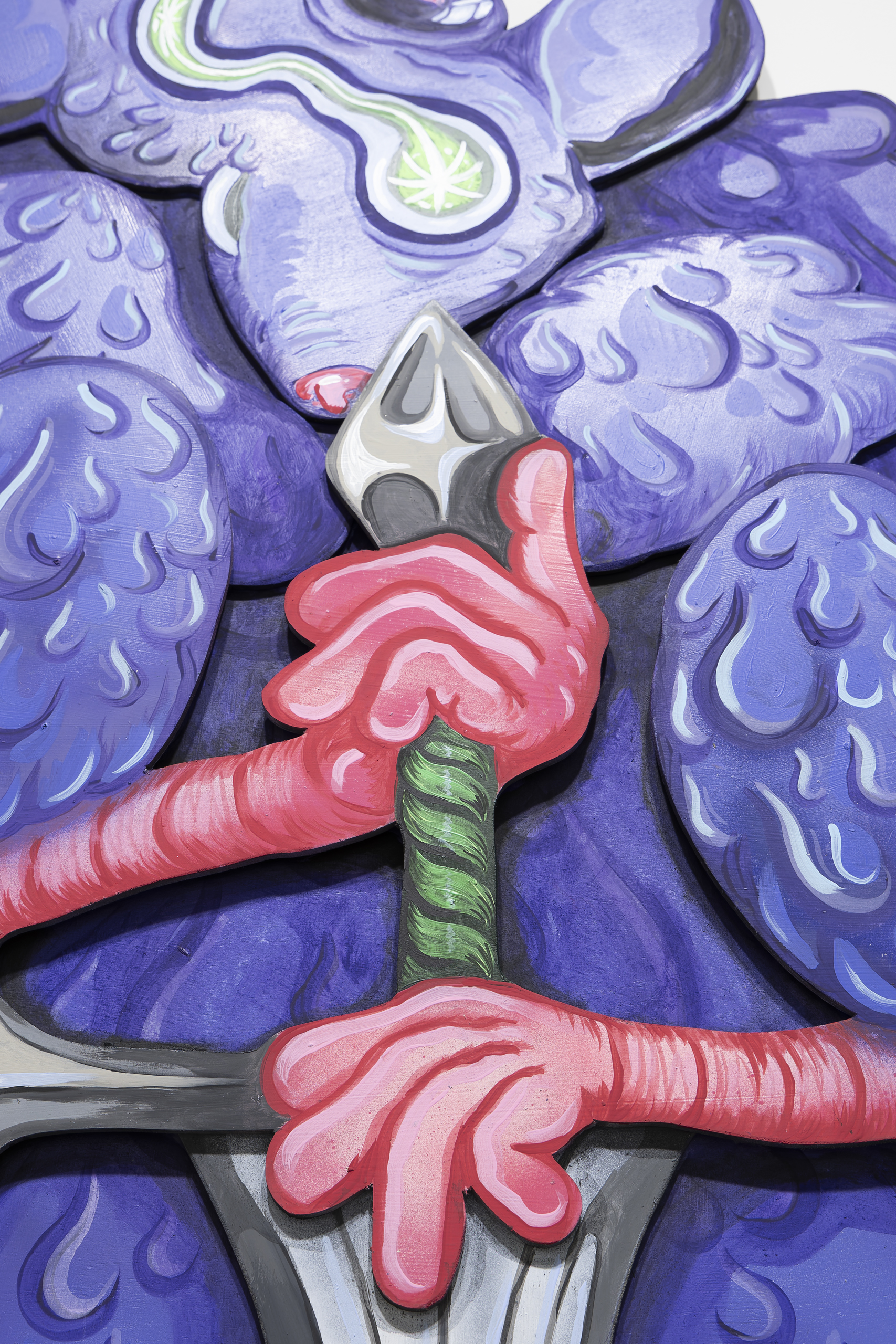
Double Edged Dipper
Acrylic on wood panels
88.5 x 53 x 1.5”
2025
Acrylic on wood panels
88.5 x 53 x 1.5”
2025




Santa Pajarita (Los Pollitos Dicen)
Acrylic on canvas
94 x 56"
2024
![]()
![]()
![]()
![]()
Flailed Vermis
Acrylic on canvas, wood panels and acrylic sheeting
83 x 68 x 1.25”
2025
![]()
![]()
Enshrouded
Acrylic on canvas and wood panels, cardboard, beading
35 x 23 x 13”
2025
Acrylic on canvas
94 x 56"
2024

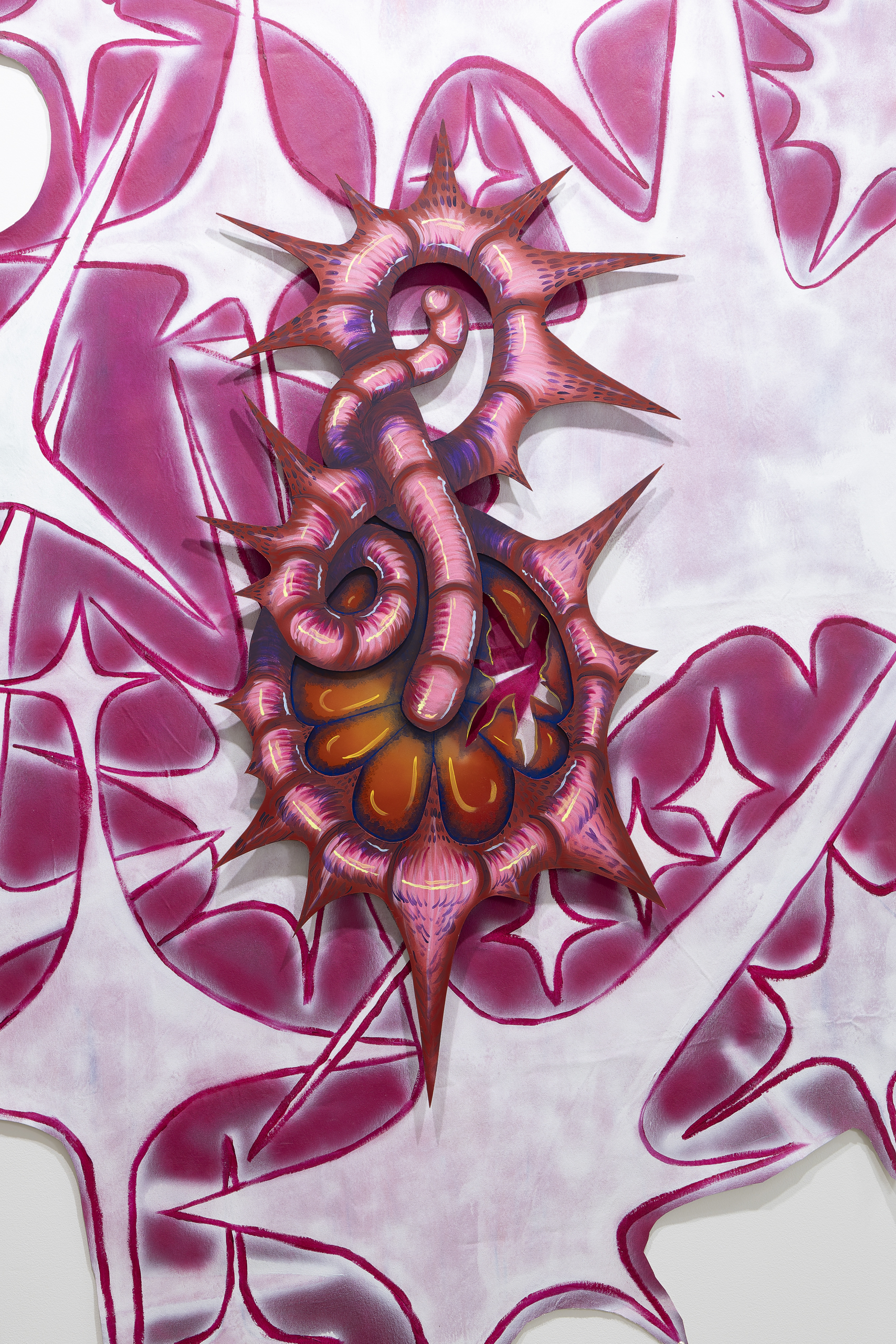


Flailed Vermis
Acrylic on canvas, wood panels and acrylic sheeting
83 x 68 x 1.25”
2025

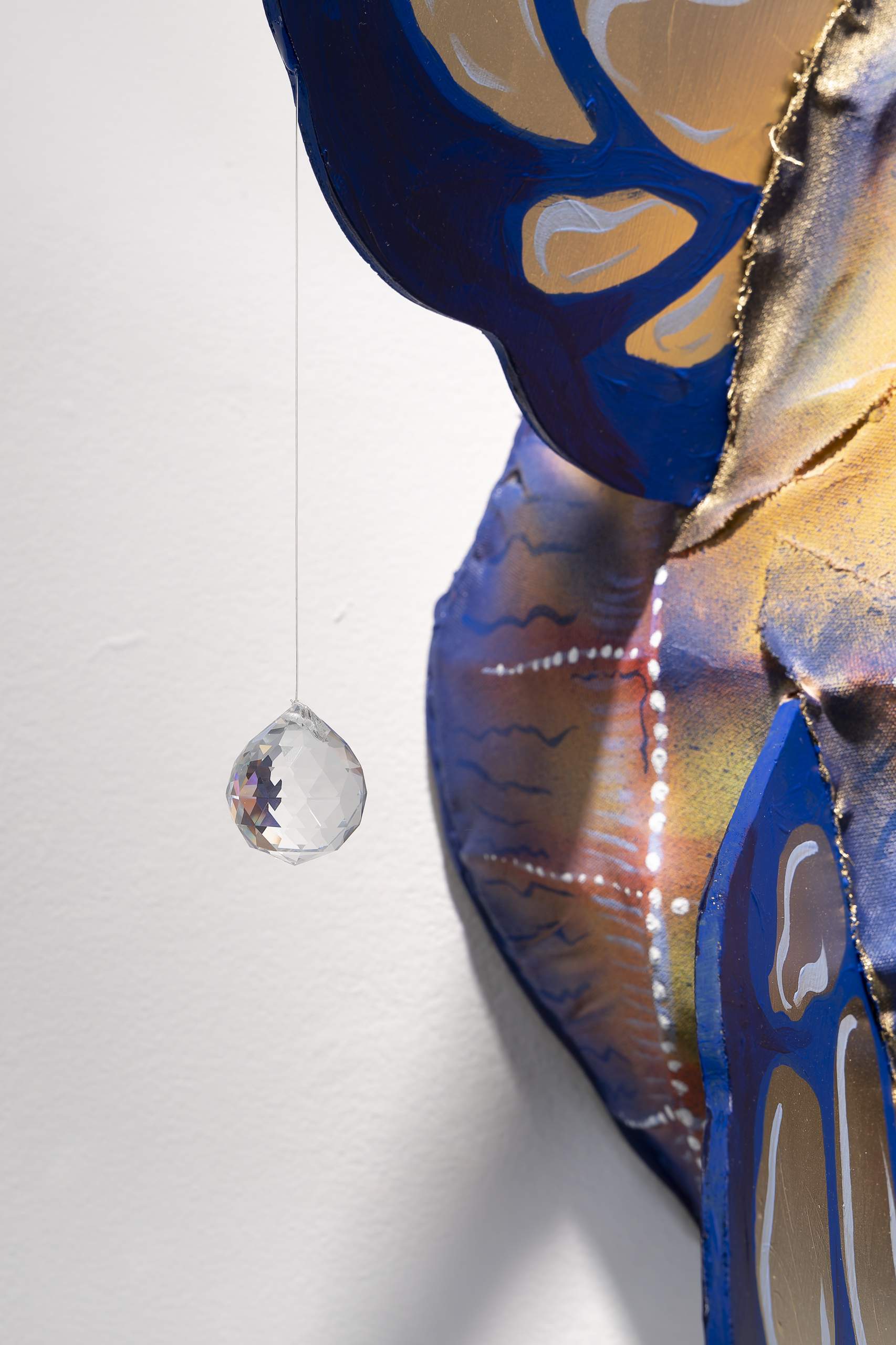
Enshrouded
Acrylic on canvas and wood panels, cardboard, beading
35 x 23 x 13”
2025









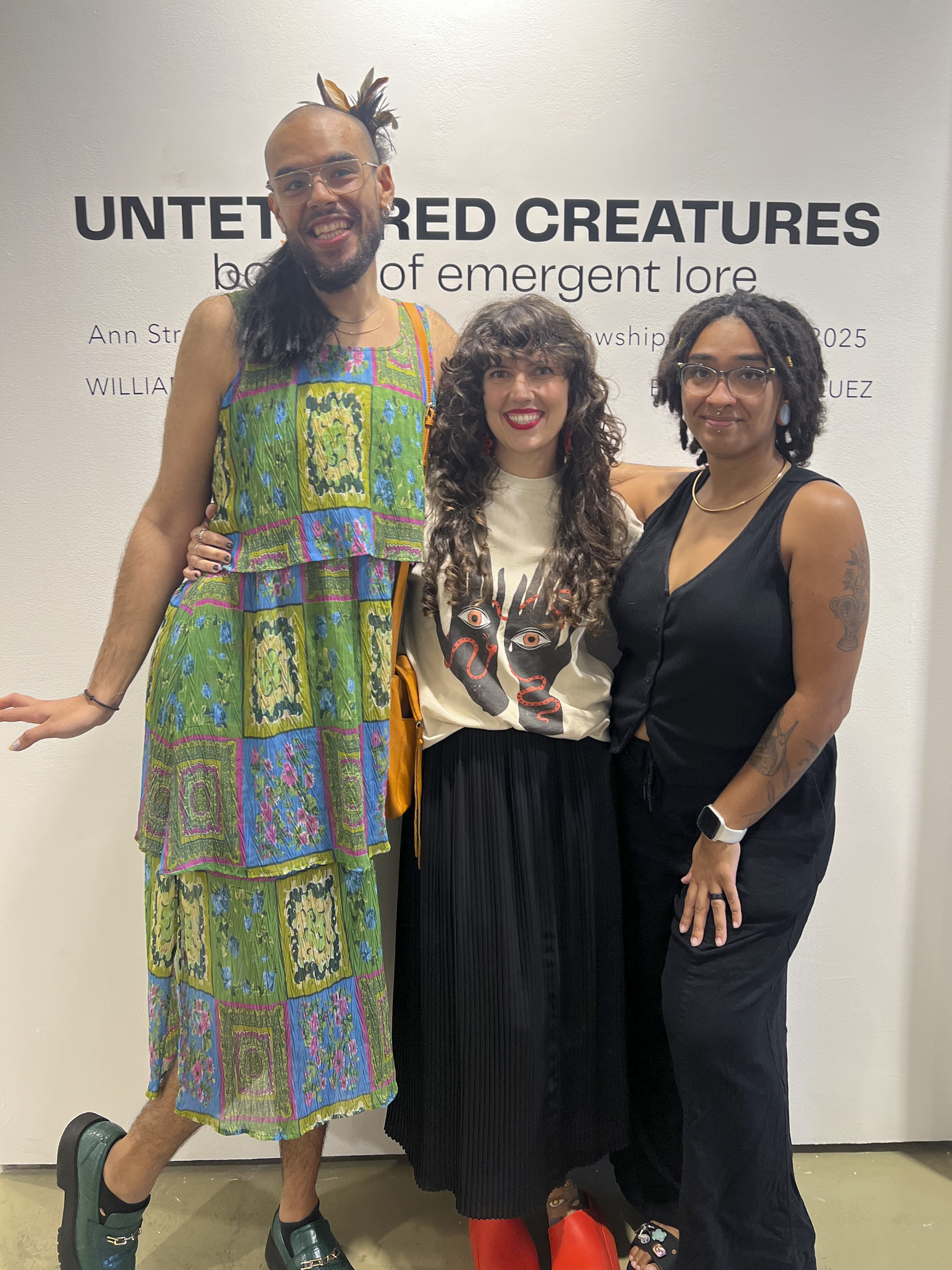

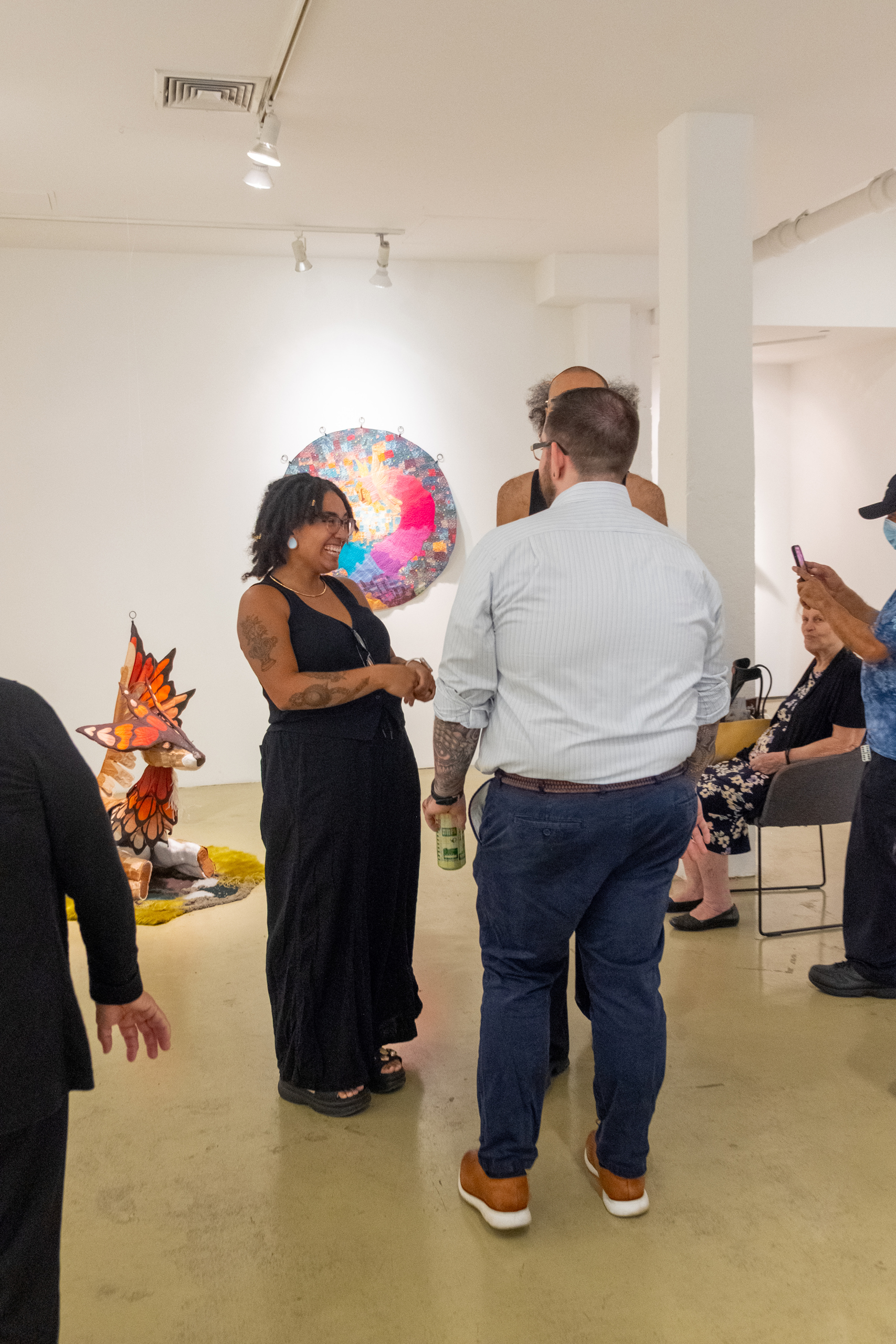
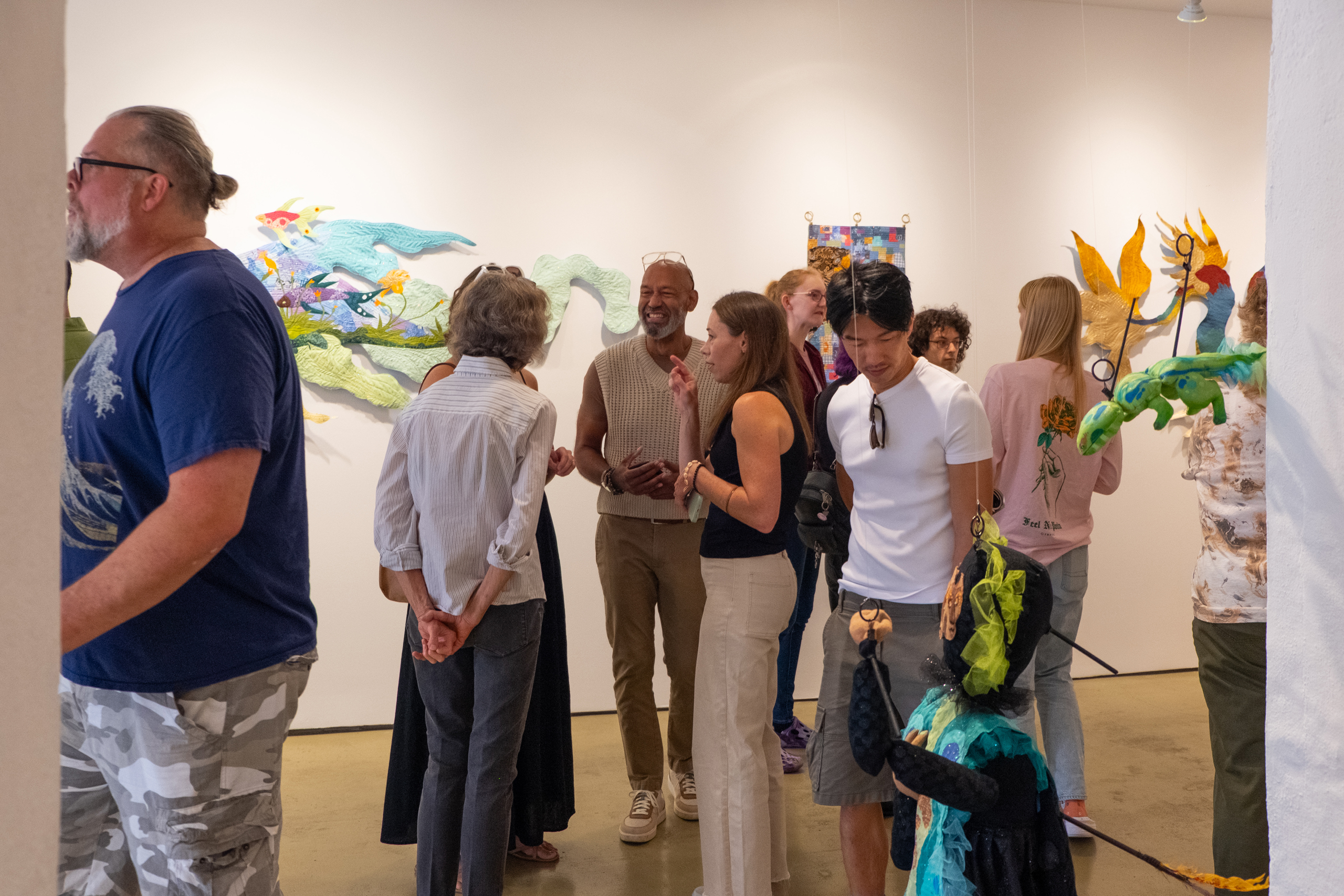


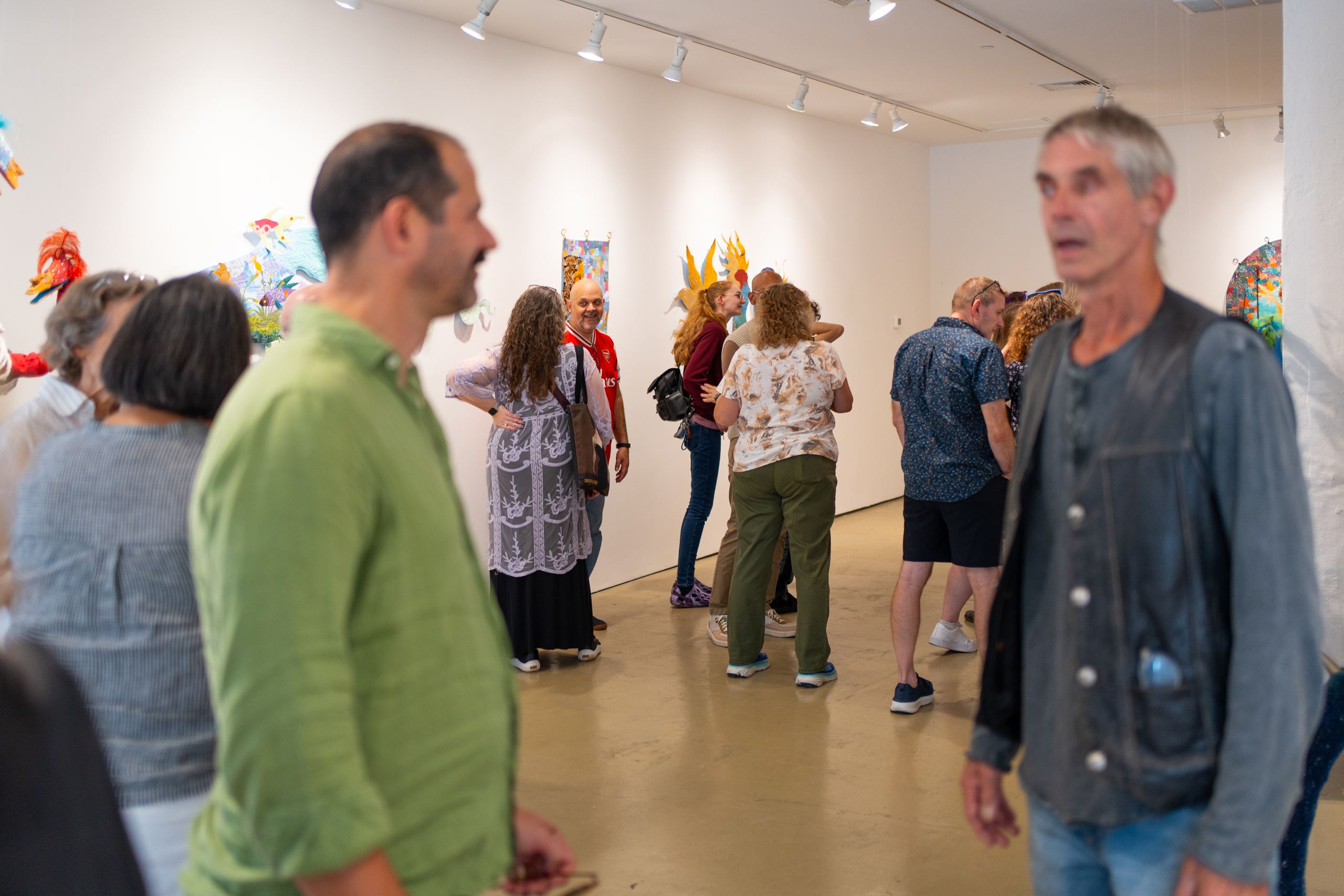
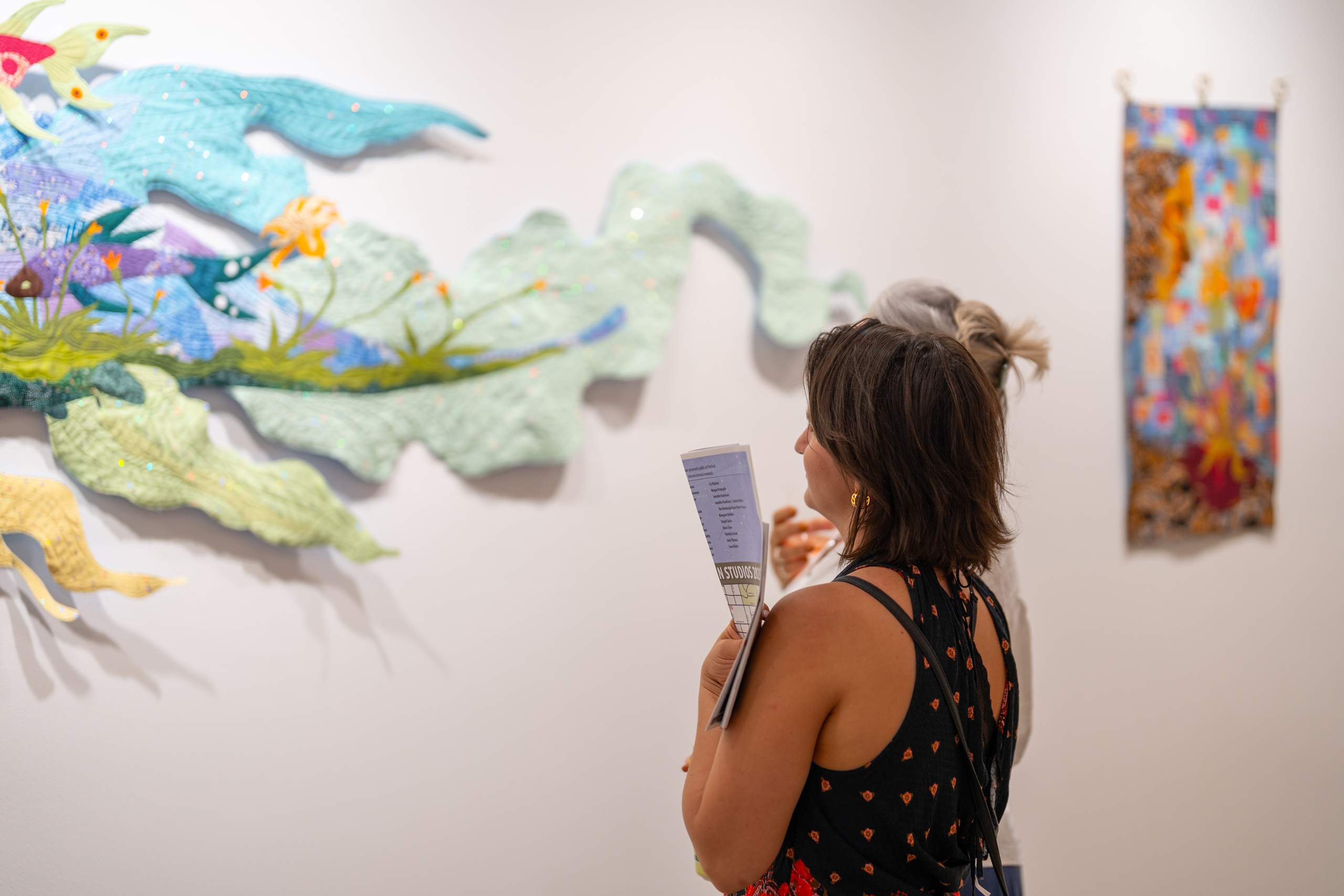

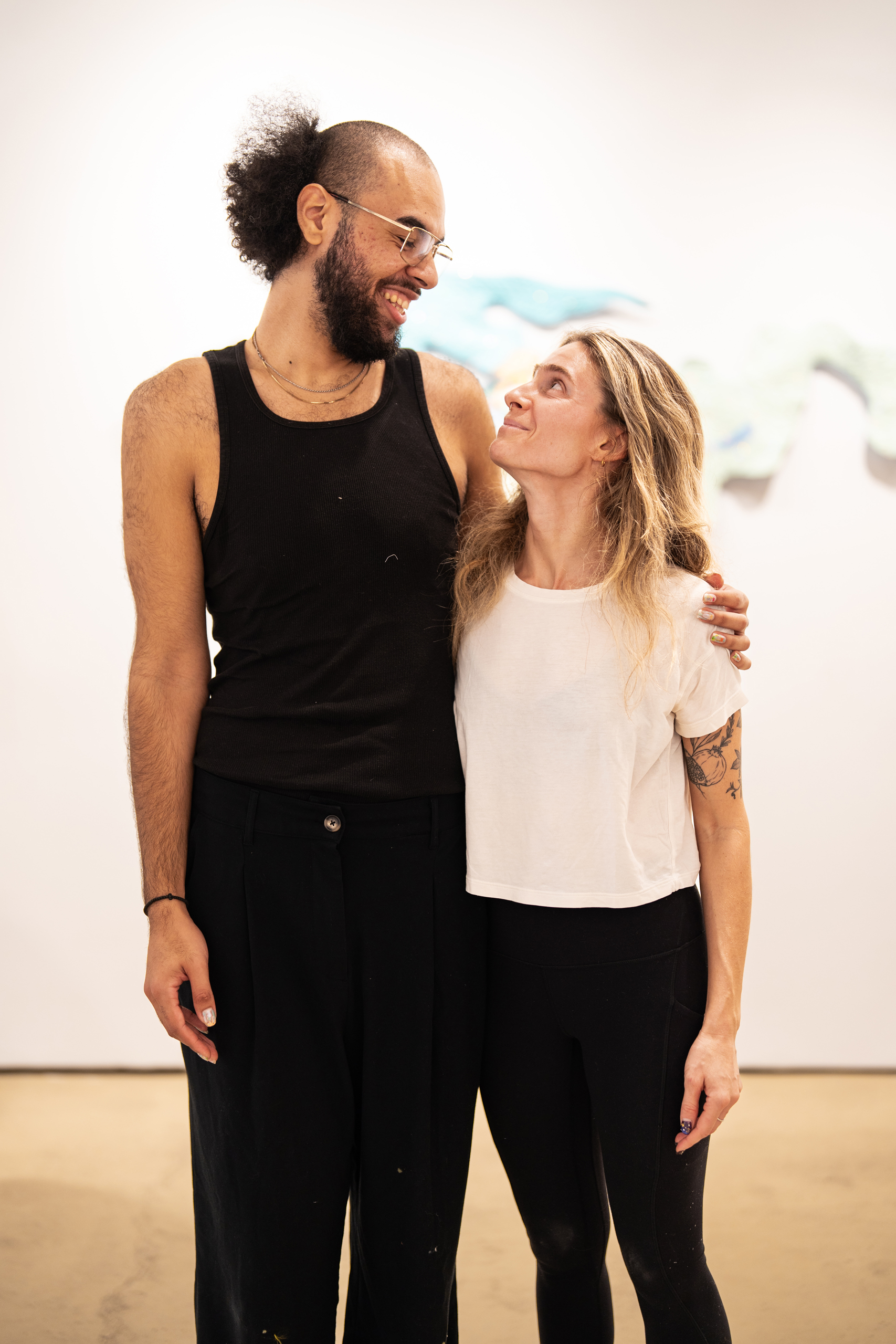






Event photography courtesy of Adam DeVuyst, Brian Wolfe, and gallery staff.
We thank our 2025 fellowship program supporters, mentors, partners, and participants, as well as our community of volunteers who help tend the gallery and assist with events!
Emerging Artist Fellowship:
Safe Harbors' Ann Street Gallery programming is made possible by the New York State Council on the Arts with the support of the Office of the Governor and the New York State Legislature, and with funding from the Cowles Charitable Trust, Dominican Sisters of Hope, and the M&T Charitable Foundation. The Emerging Artist Fellowship is made possible with support from the TD Charitable Foundation.
![]()
![]()
![]()
![]()
![]()
Safe Harbors' Ann Street Gallery programming is made possible by the New York State Council on the Arts with the support of the Office of the Governor and the New York State Legislature, and with funding from the Cowles Charitable Trust, Dominican Sisters of Hope, and the M&T Charitable Foundation. The Emerging Artist Fellowship is made possible with support from the TD Charitable Foundation.





We are proud to partner with Newburgh Art Supply to offer discounts on art supplies to current-year Fellows.
